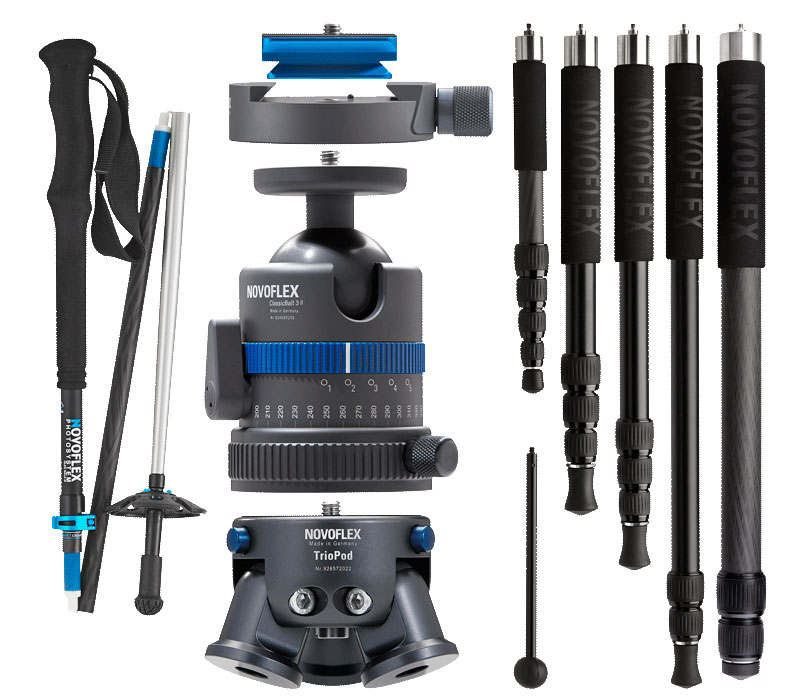Company History
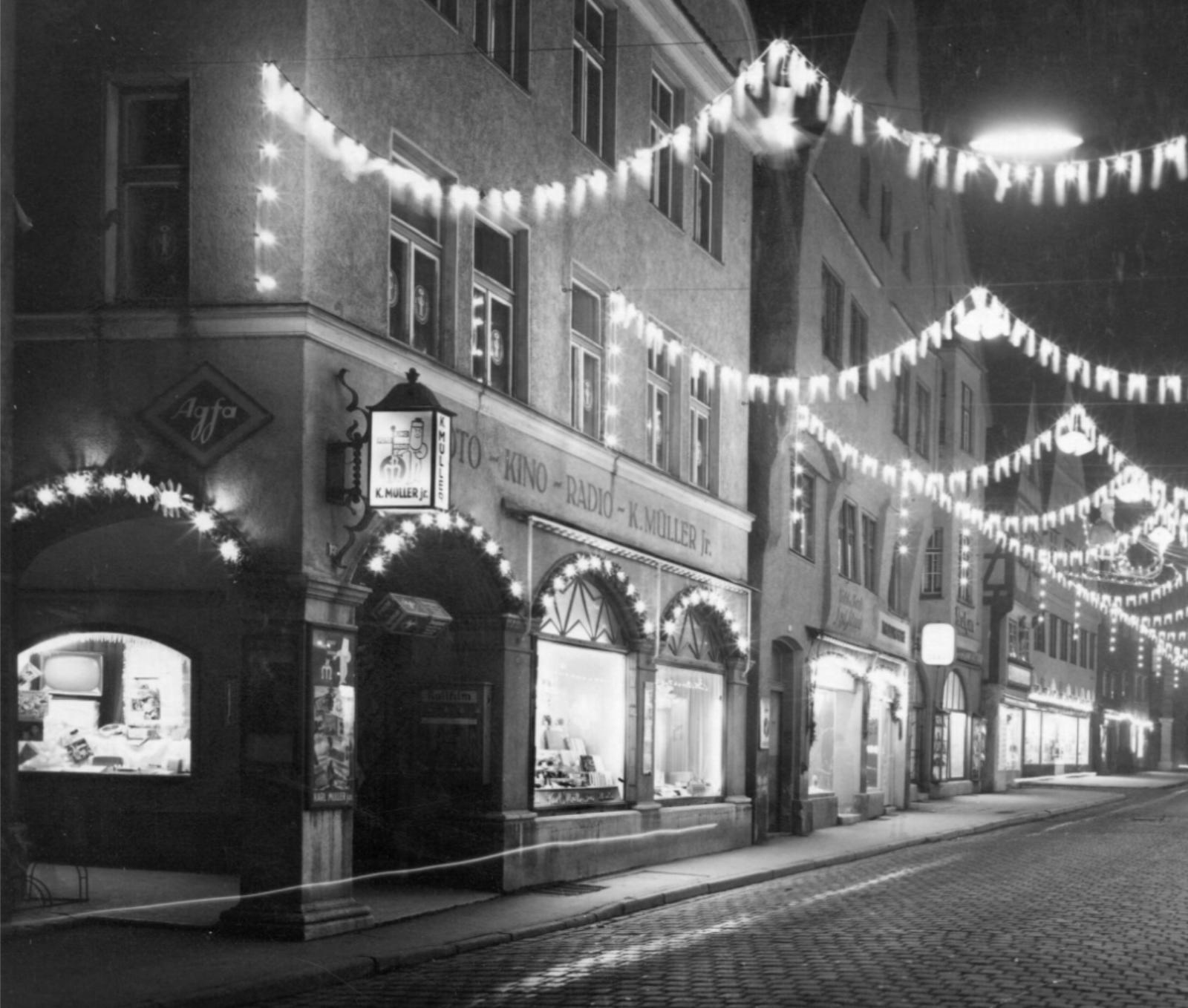
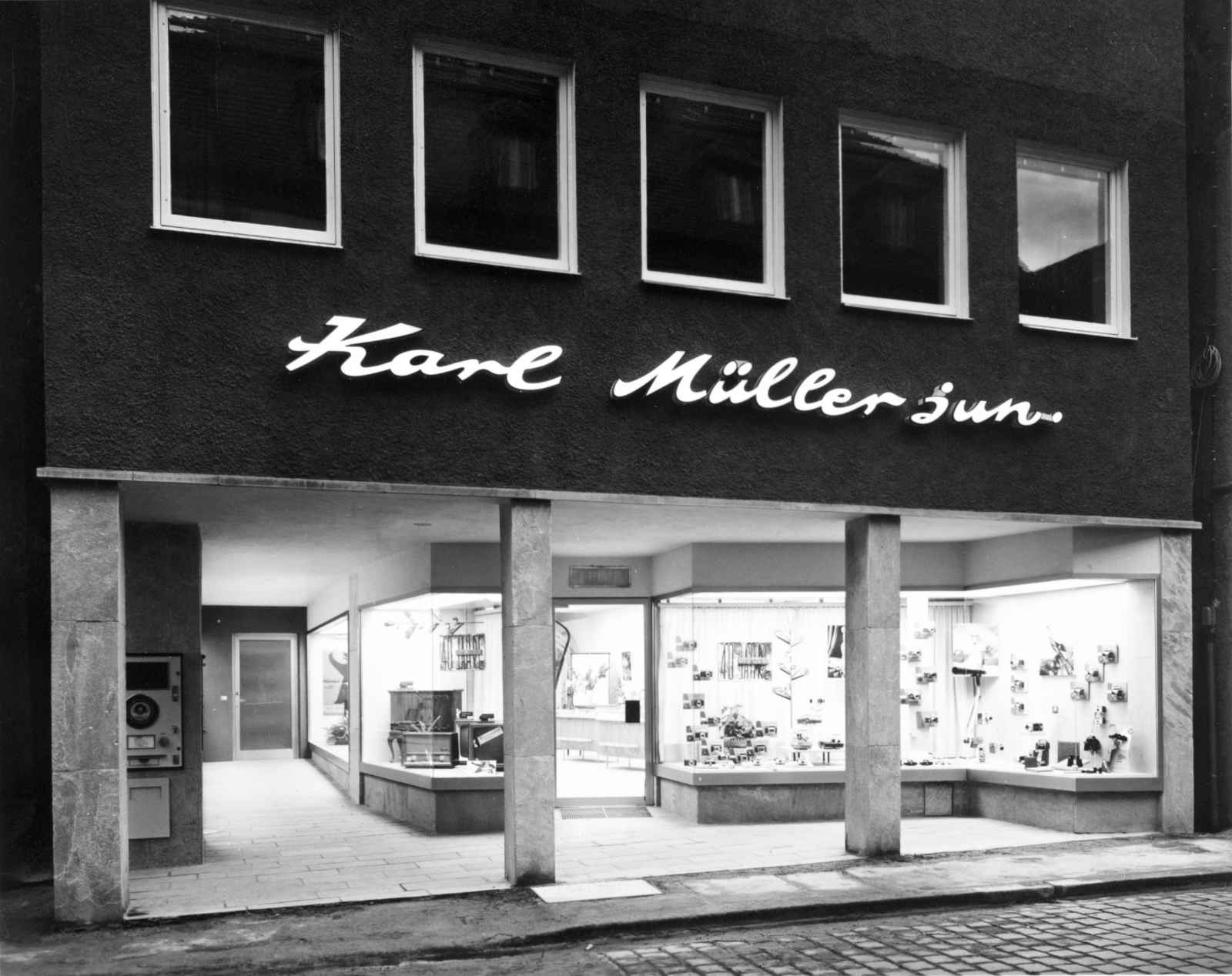






1948
The company was founded by Karl Müller jr. - photo and radio dealer in Memmingen.
Until 1958, production and sales were located in premises attached to the photo shop and spread across the city of Memmingen.
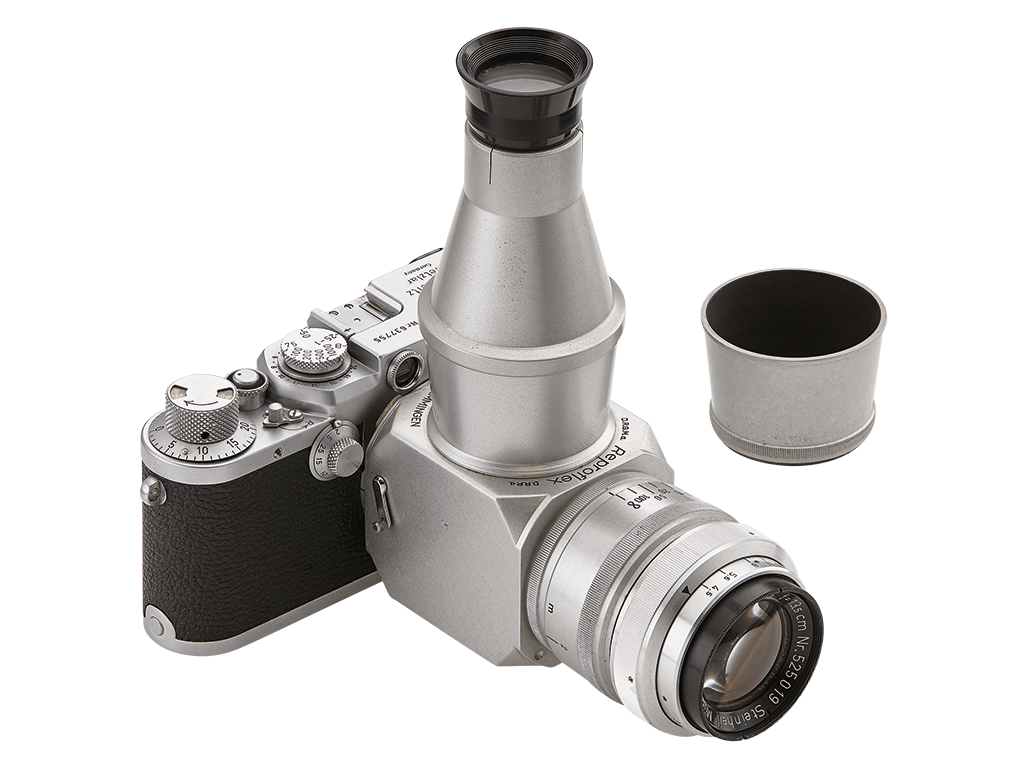
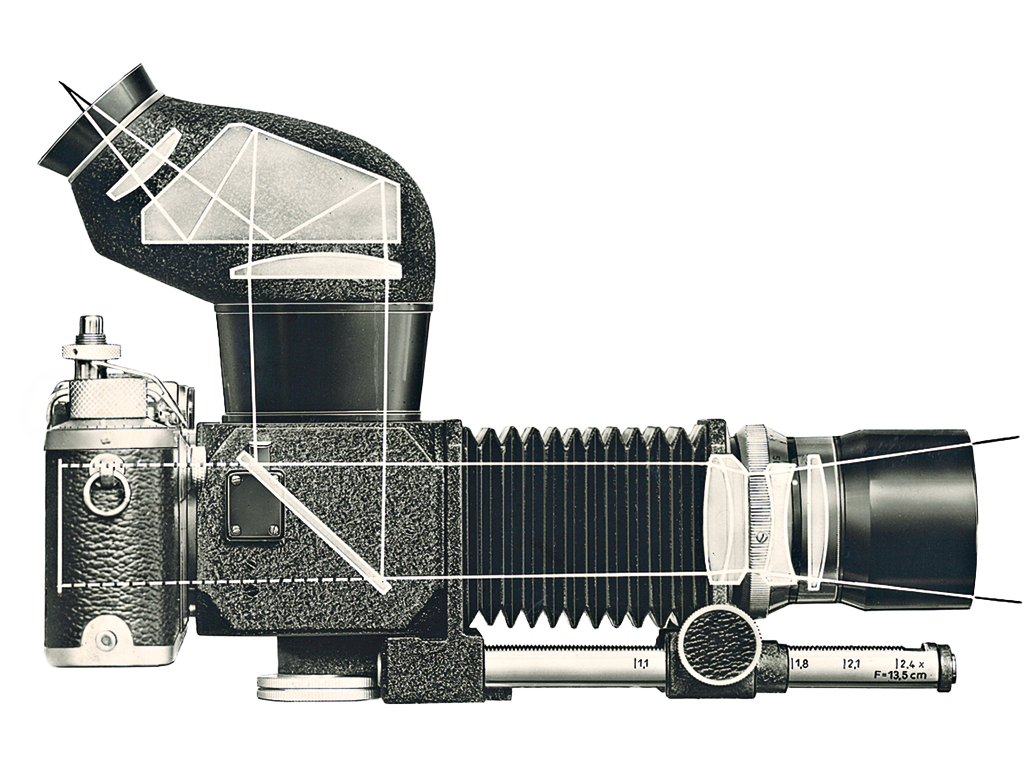
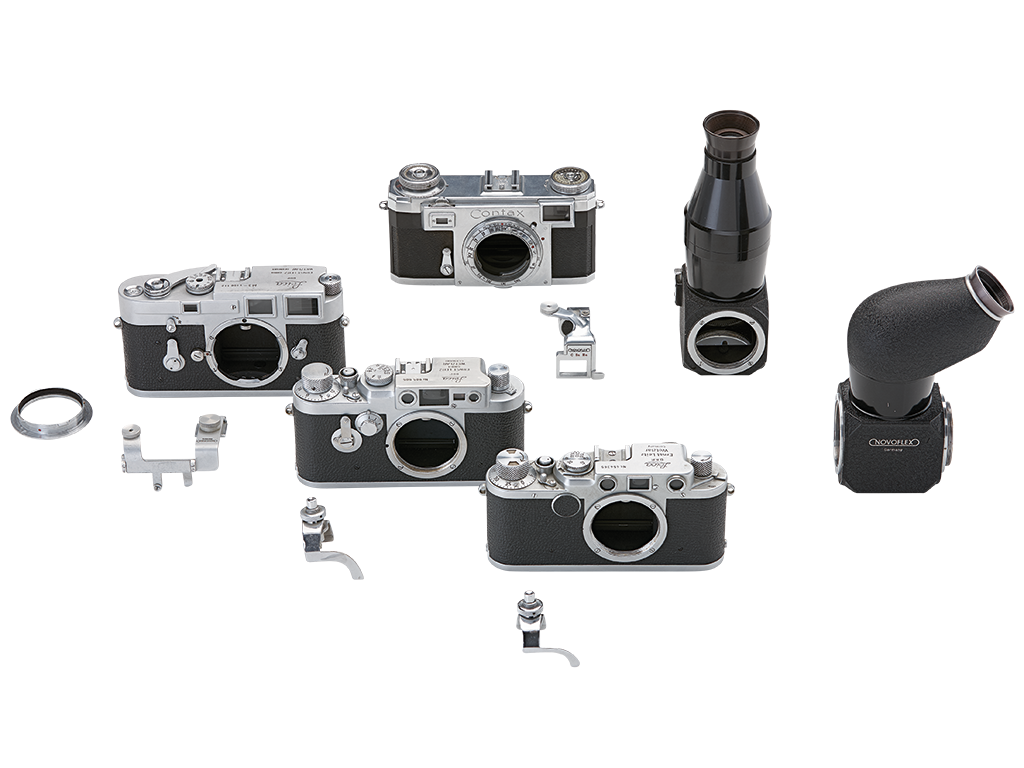









1948 - 1962
The reflex housings for the Leica rangefinder cameras were first manufactured under the name Reproflex and from 1950 onwards sold under the name NOVOFLEX. They were available with a vertical view and a swivel prism attachment. Synchronization with the camera was done via a patented, camera-specific release bridge, which made a double cable release superfluous. For use at close and long distances, NOVOFLEX expanded its range with suitable accessories such as bellows devices and long-distance lenses.
From 1954 onwards, the NOVOFLEX reflex housing was also available for the Contax rangefinder cameras IIa and IIIa.
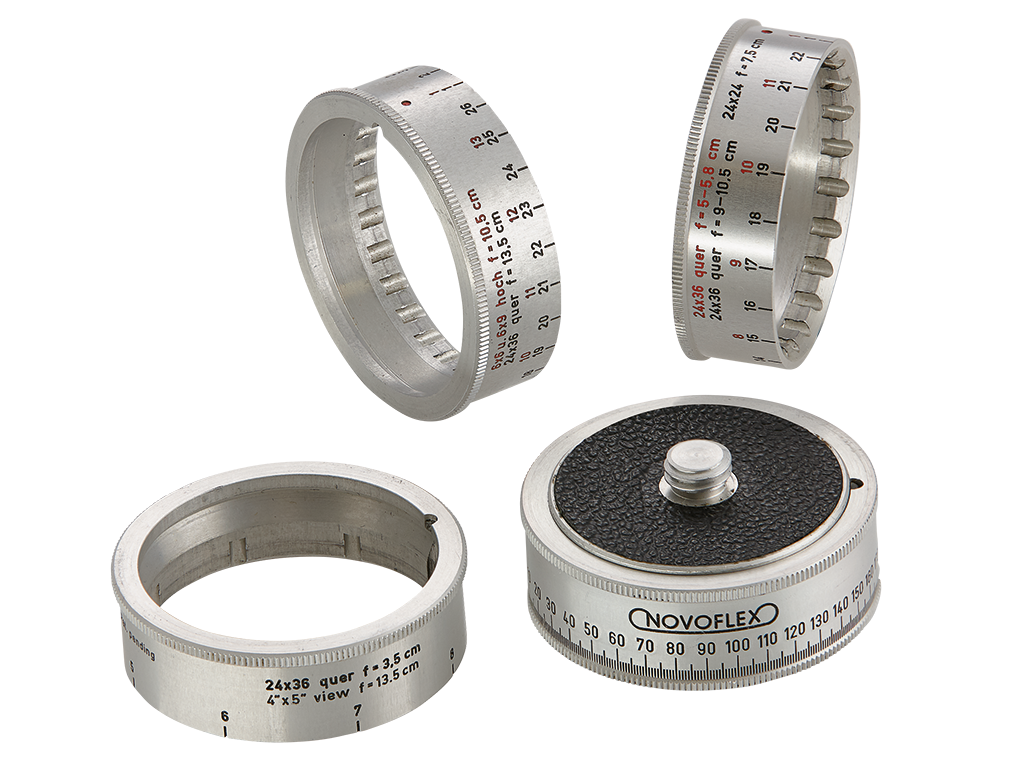
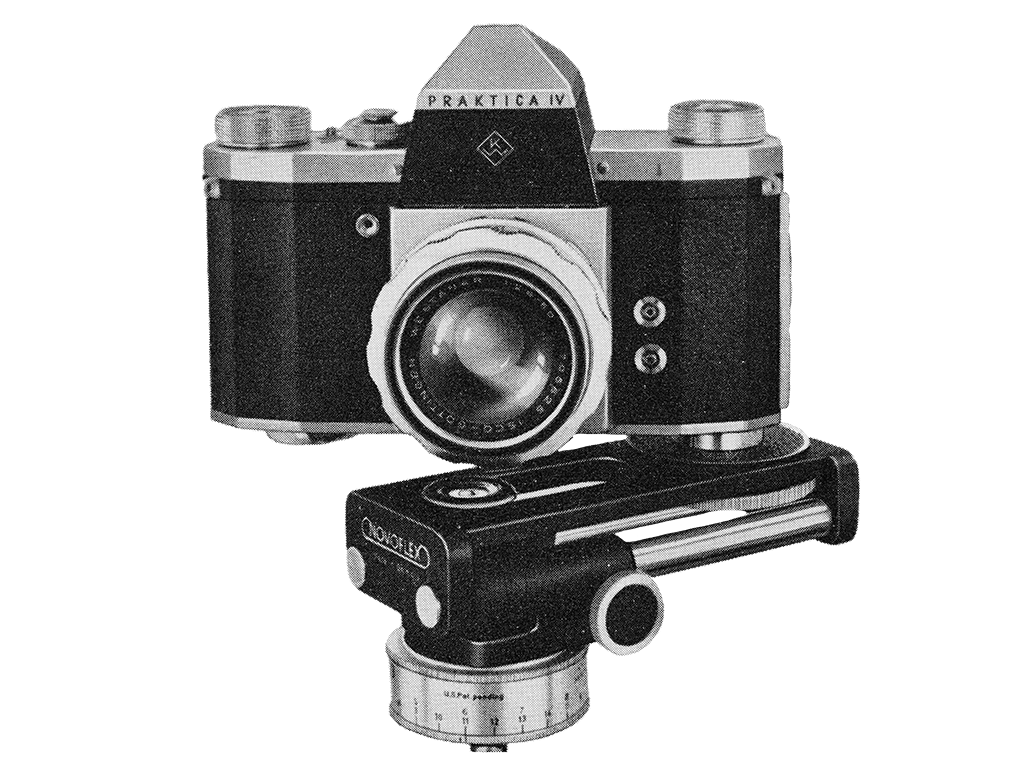






1955 - 1962
For panoramic photography, NOVOFLEX already offered the PANOR panoramic head with 8 interchangeable division rings in its early days. The division rings enabled a locked rotation and thus repeatable use with different film formats and focal lengths. In other words, a forerunner of the NOVOFLEX panoramic solutions that are offered again today.
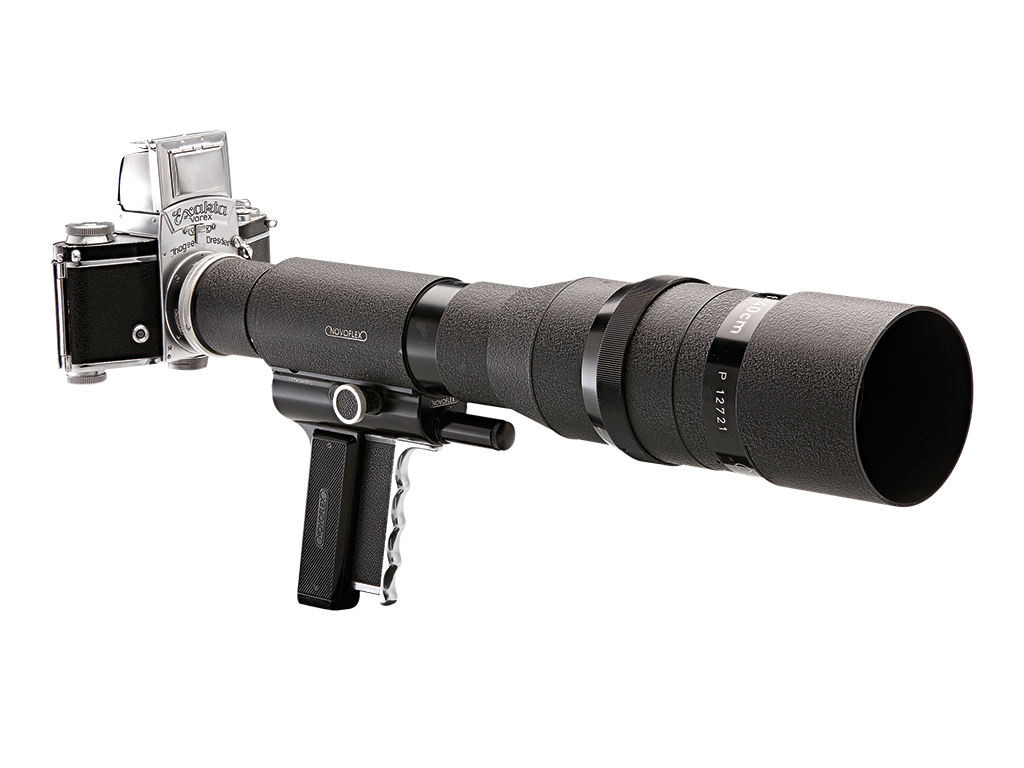
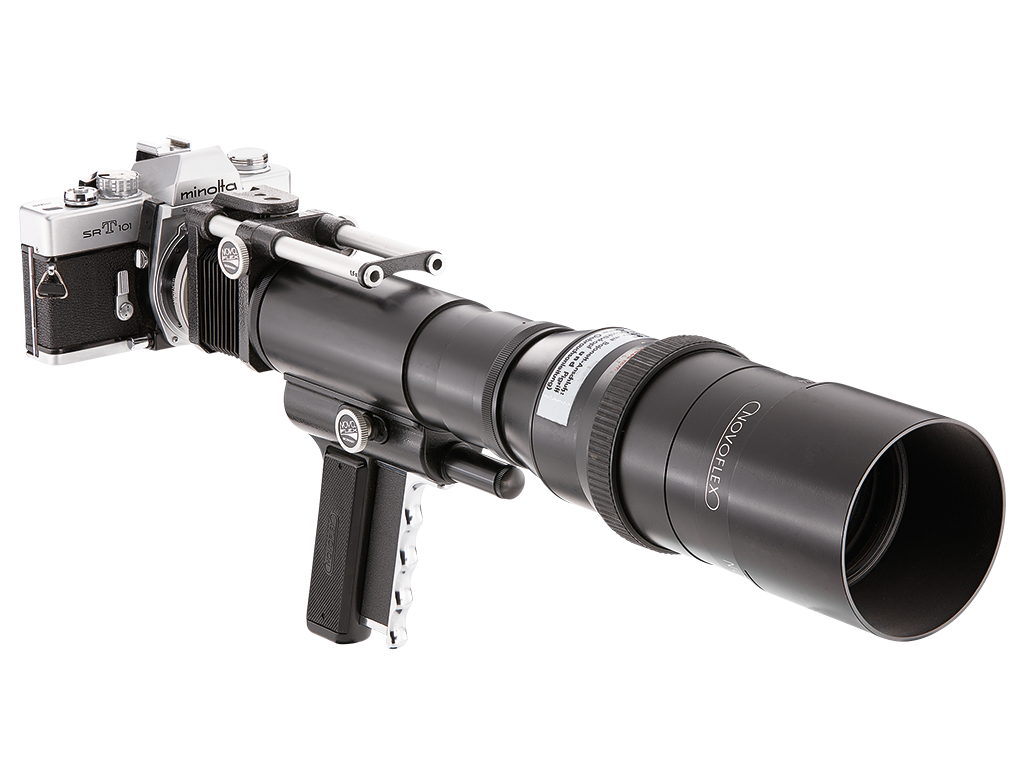
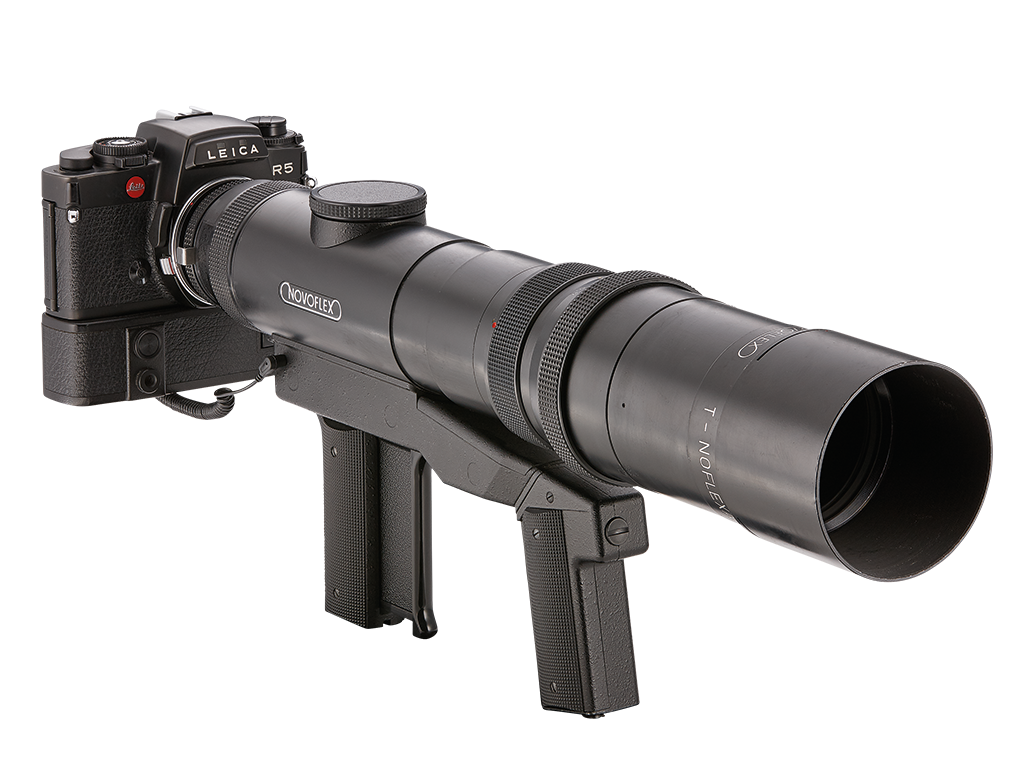
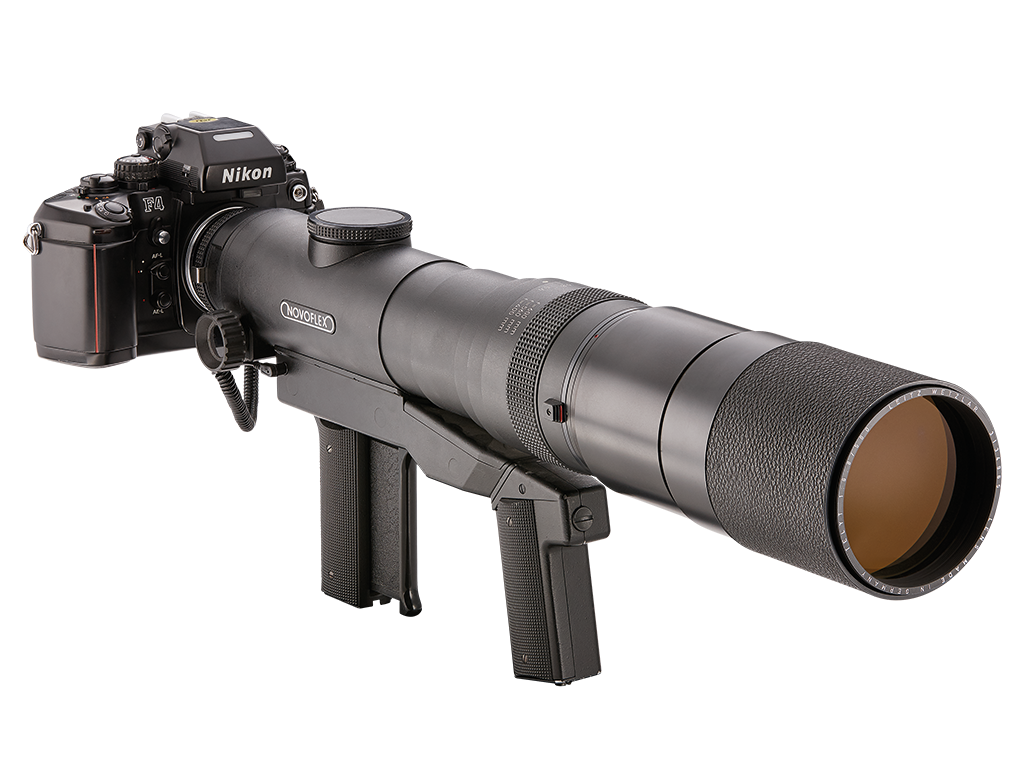












1956 - 1999
The NOVOFLEX Follow focus lens revolutionized sports, wildlife, and nature photography with long focal lengths. The rapid-focus system provided an unprecedented, cold-resistant speed in focusing, enabling shots that seemed impossible with traditional helical focusing. Until the advent of autofocus, the NOVOFLEX Follow focus lens was an essential tool for many sports and nature photographers. With its interchangeable lens heads ranging from 240mm to 640mm and the carefully refined focusing grips over time, it remains one of the most iconic products in NOVOFLEX's history.
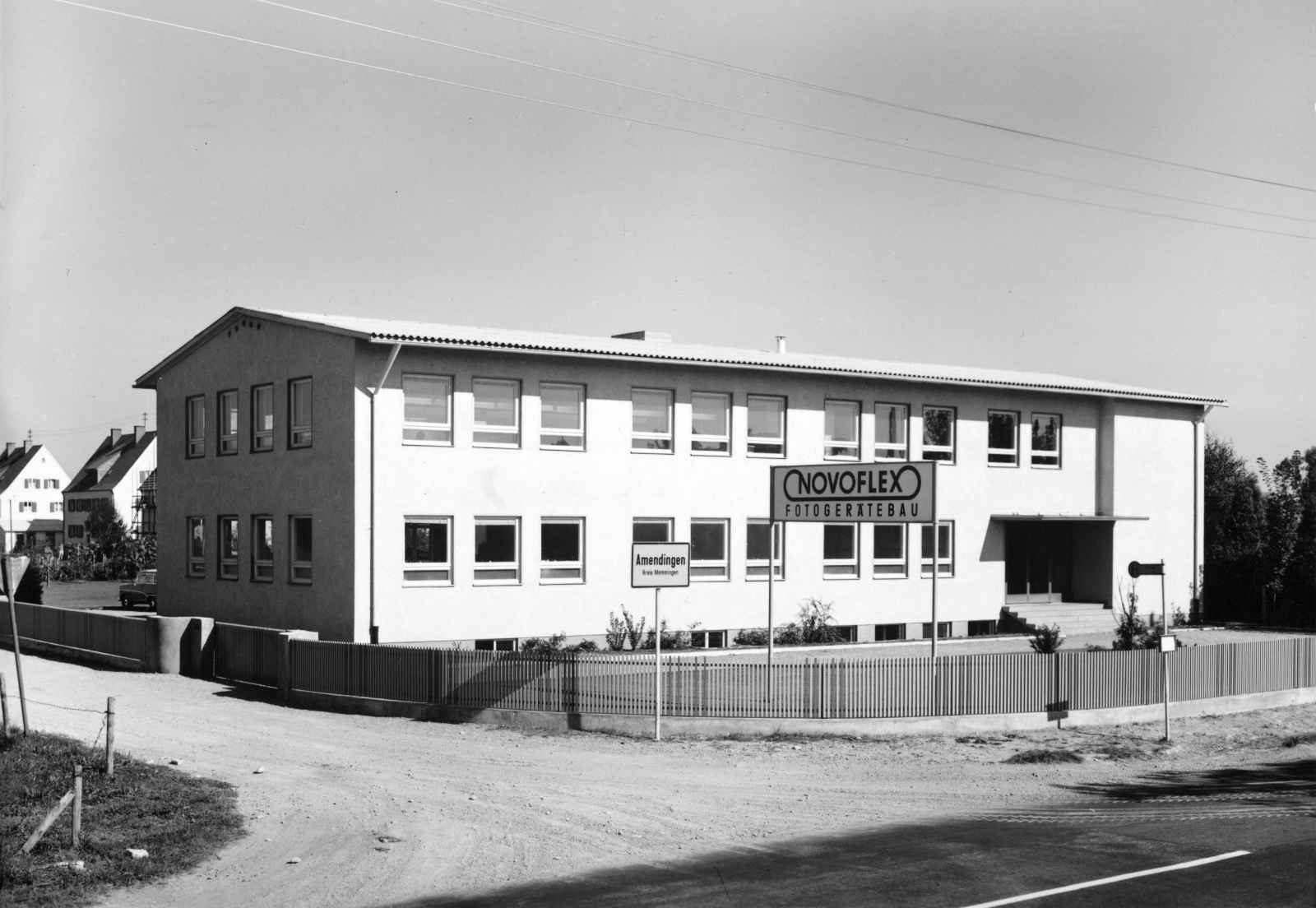
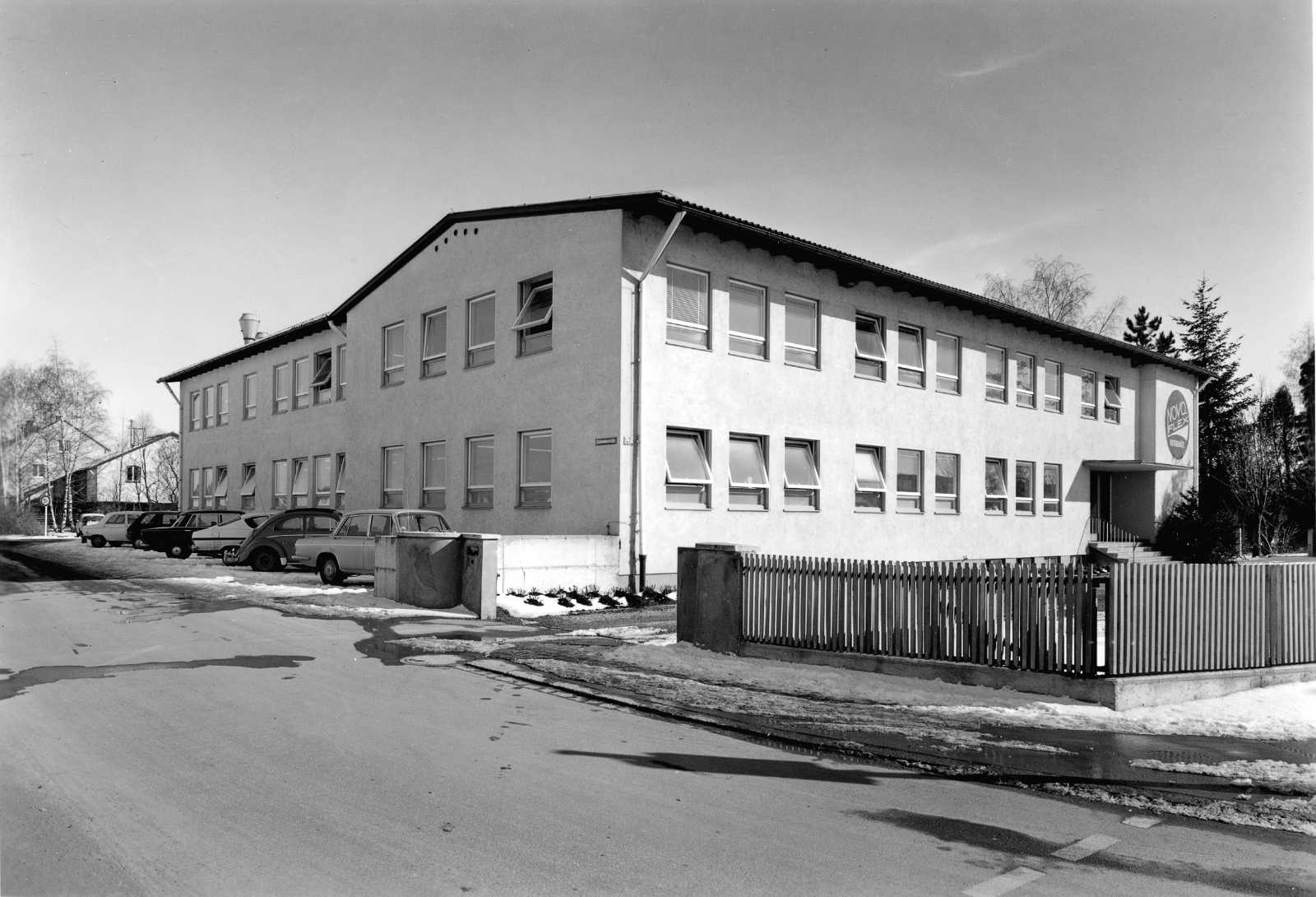






1958
Ten years after the company was founded, the "temporary solution" of using the annex of the photography store and scattered production sites across the city came to an end with the construction of a new building on Donaustraße. At the new location, all areas of the company were consolidated.
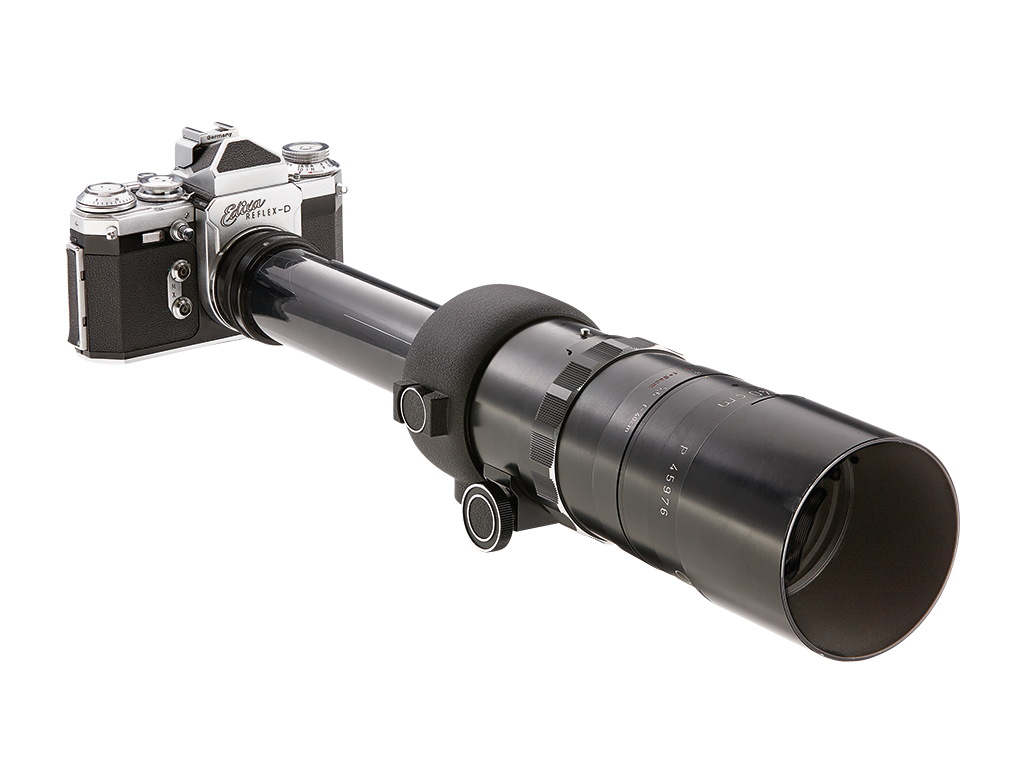
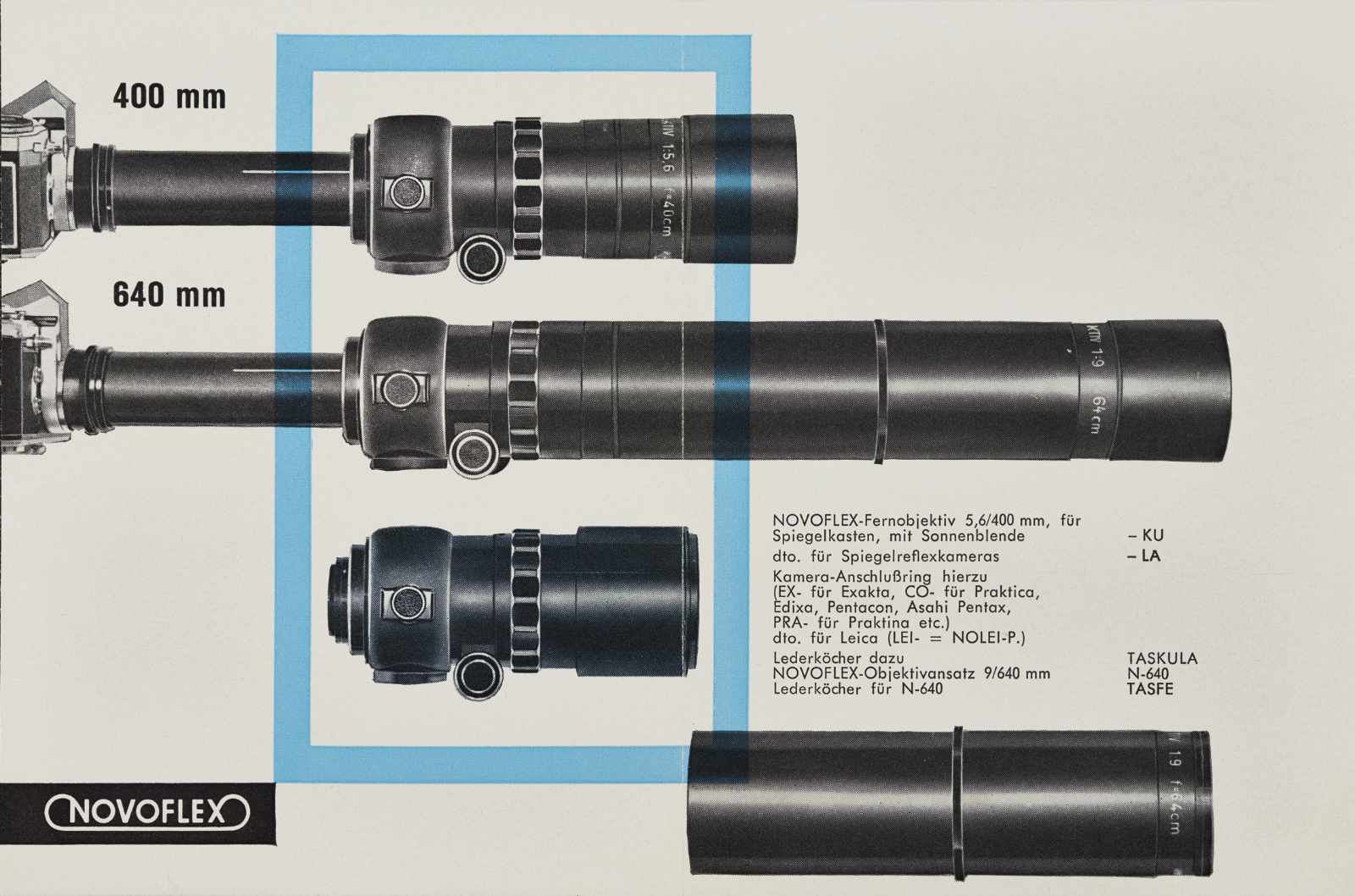






1960 - 1968
Most long distance (not telephoto!) lenses had one major disadvantage – their large size! To make a long distance lens easier to transport, NOVOFLEX developed the lens shown here, which can be collapsed to half its length for transport. The rear tube is pushed in through the opened iris diaphragm. To avoid damage to the diaphragm, this can only be done when the aperture is fully open. The focusing unit could be equipped with lens heads for focal lengths of 400mm and 640mm, and could be adapted to various camera models using an adapter.
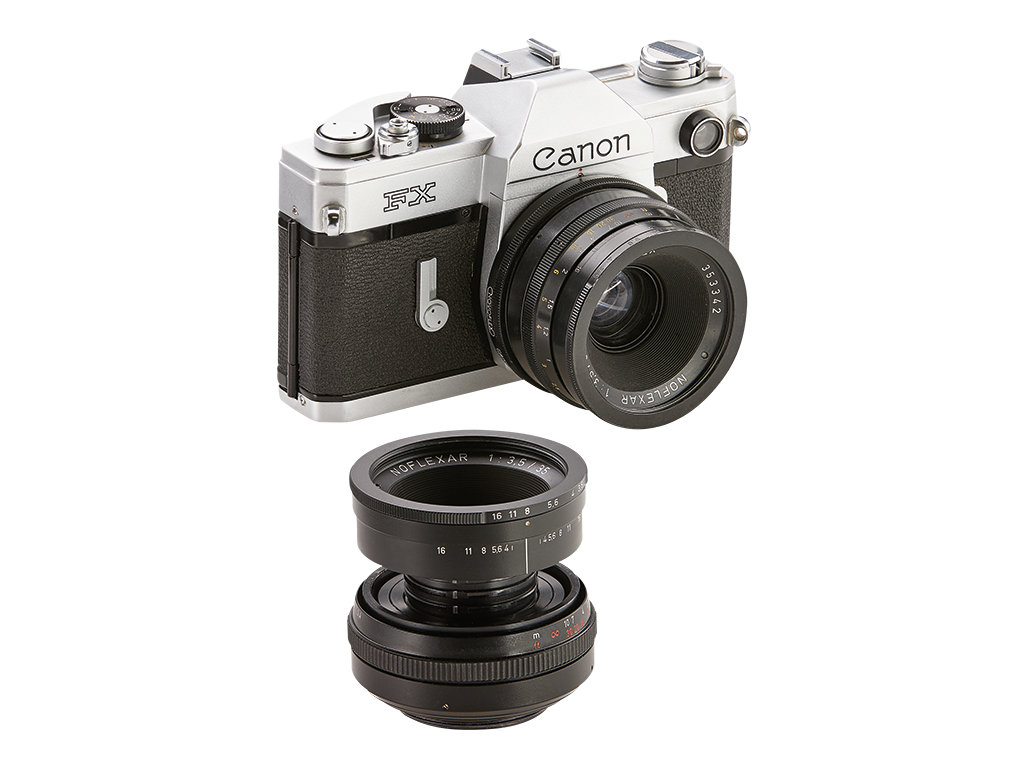
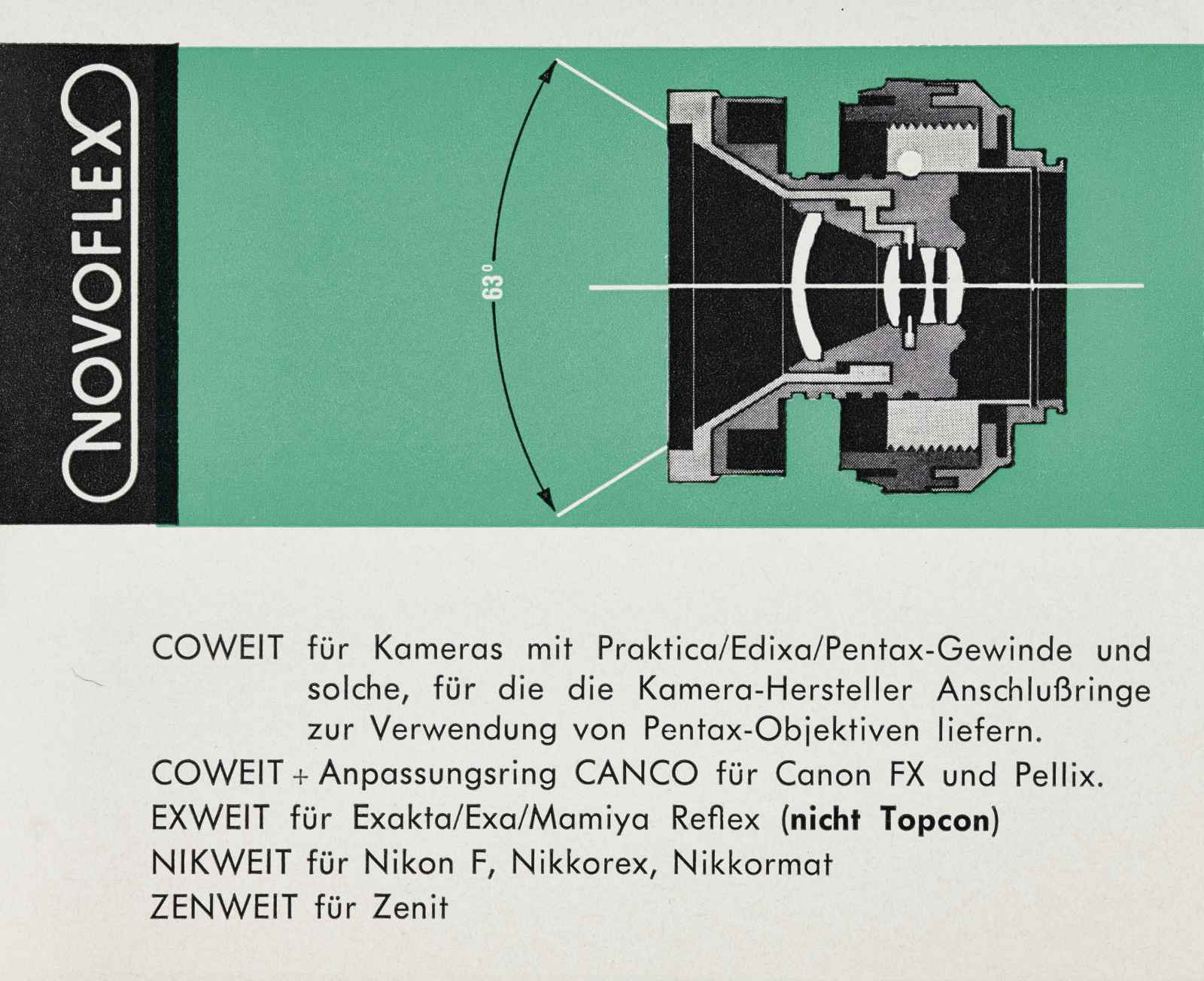






1962 - 1976
The lens, affectionately known as the "mountaineer's macro," with a focal length of 35mm, had the additional feature of being adjustable via a click-stop tube (4 steps) to achieve a reproduction ratio of up to 1:2. It was available with mounts for a wide range of camera systems available at the time.
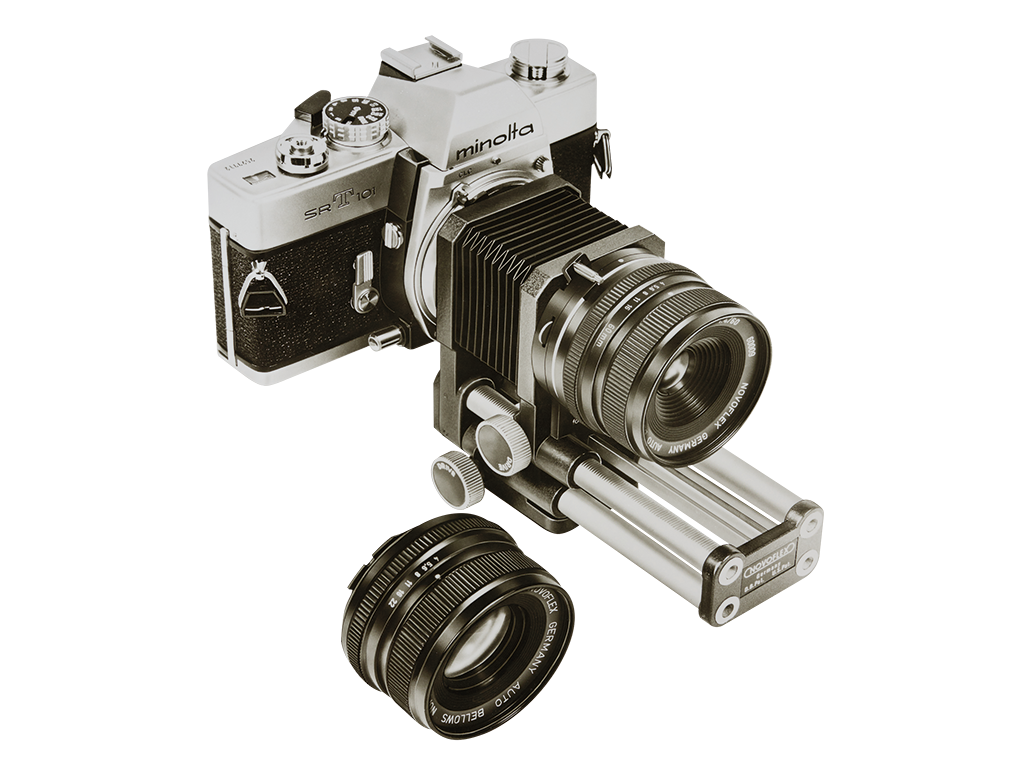
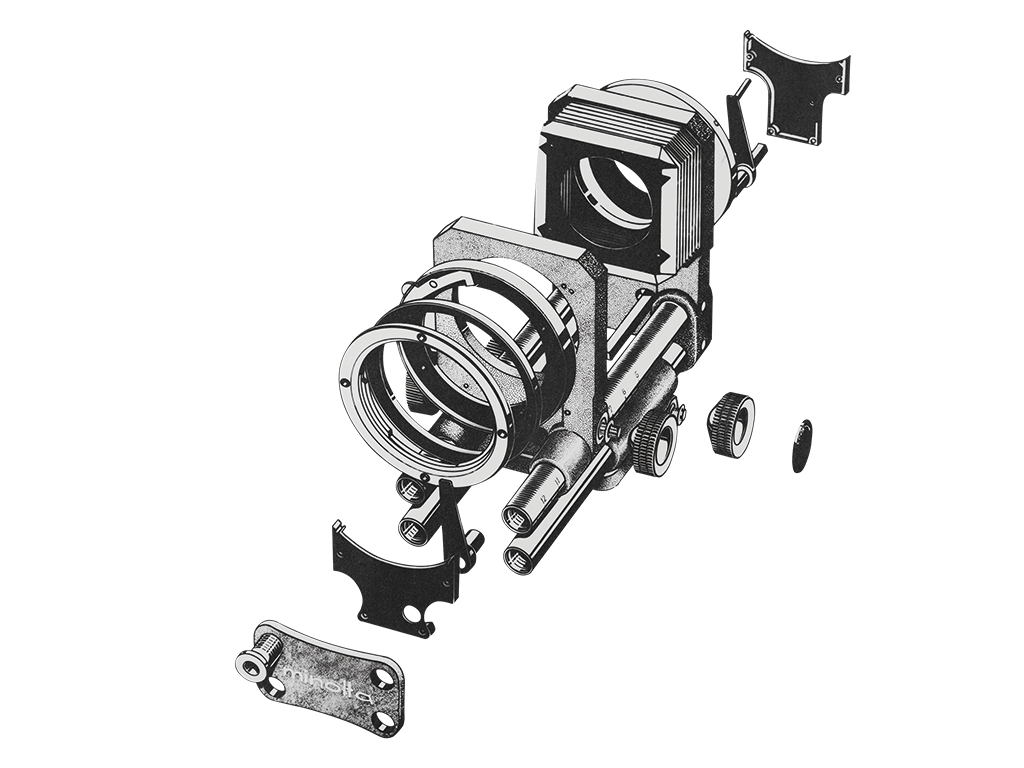






1969 - today
This year marked the beginning of the era of automatic bellows devices at NOVOFLEX. The first devices featured the transmission of the automatic diaphragm function via a shaft located inside the profile rods, which was later complemented by open-aperture metering. This technology was further developed with the addition of electrical circuits integrated into the bellows. The automatic bellows devices currently offered incorporate this technology and add a modular aspect.
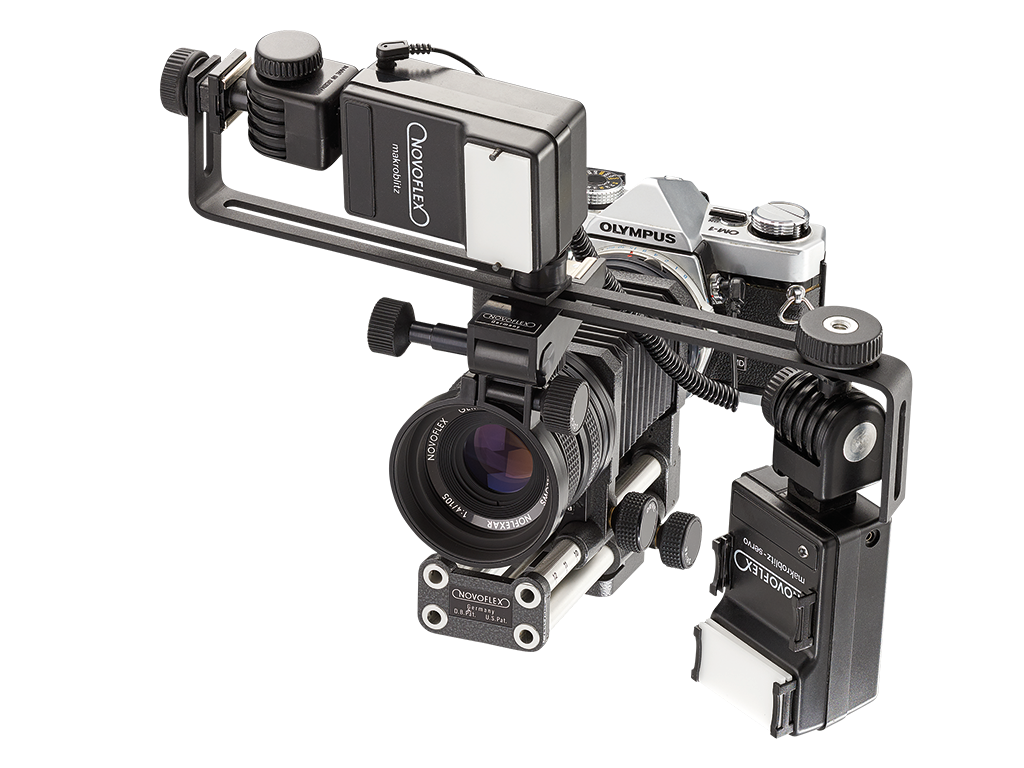
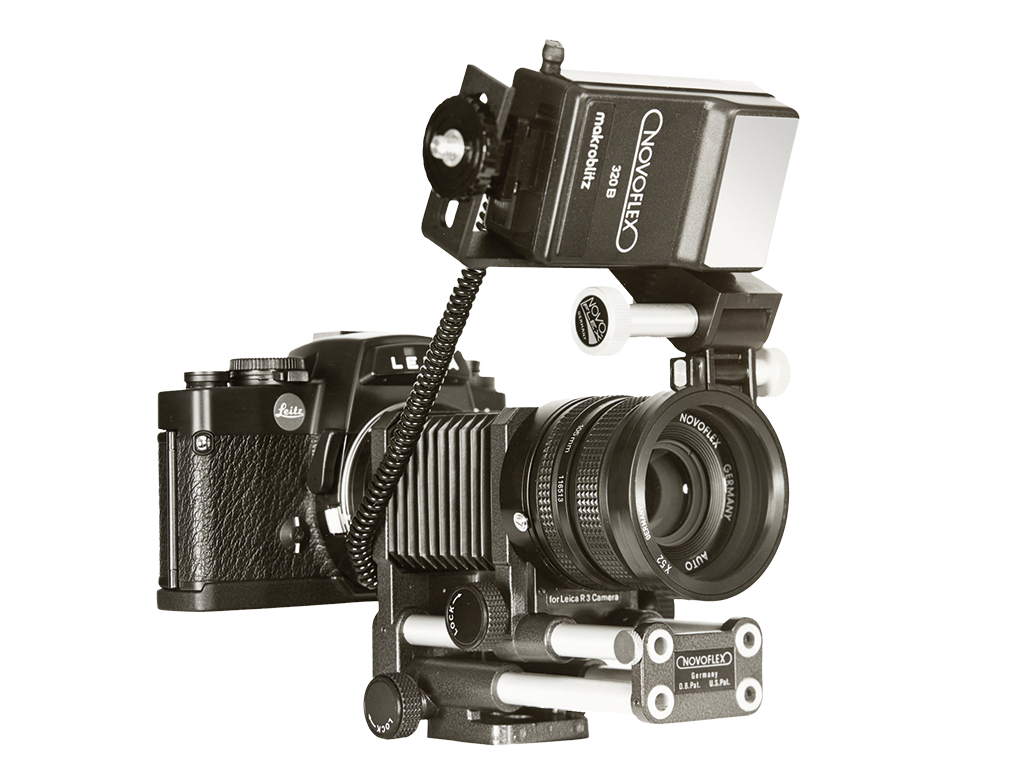






1972 - 1995
Macro photography presents photographers with the challenge of optimal lighting. NOVOFLEX offered a solution with flash units that could be attached to the lens and individually positioned, allowing the optional use of two light sources – fill light and contrast light in macro photography, as well as the ability to mimic daylight when working handheld.
1994 - 2023
A different kind of tripod quick-release system. Unlike other systems where the camera's support surface is defined by the quick-release plate, the MiniConnect pulls the entire surface of the camera's base onto the surface of the coupling. The clamping pressure is determined by a side lever.
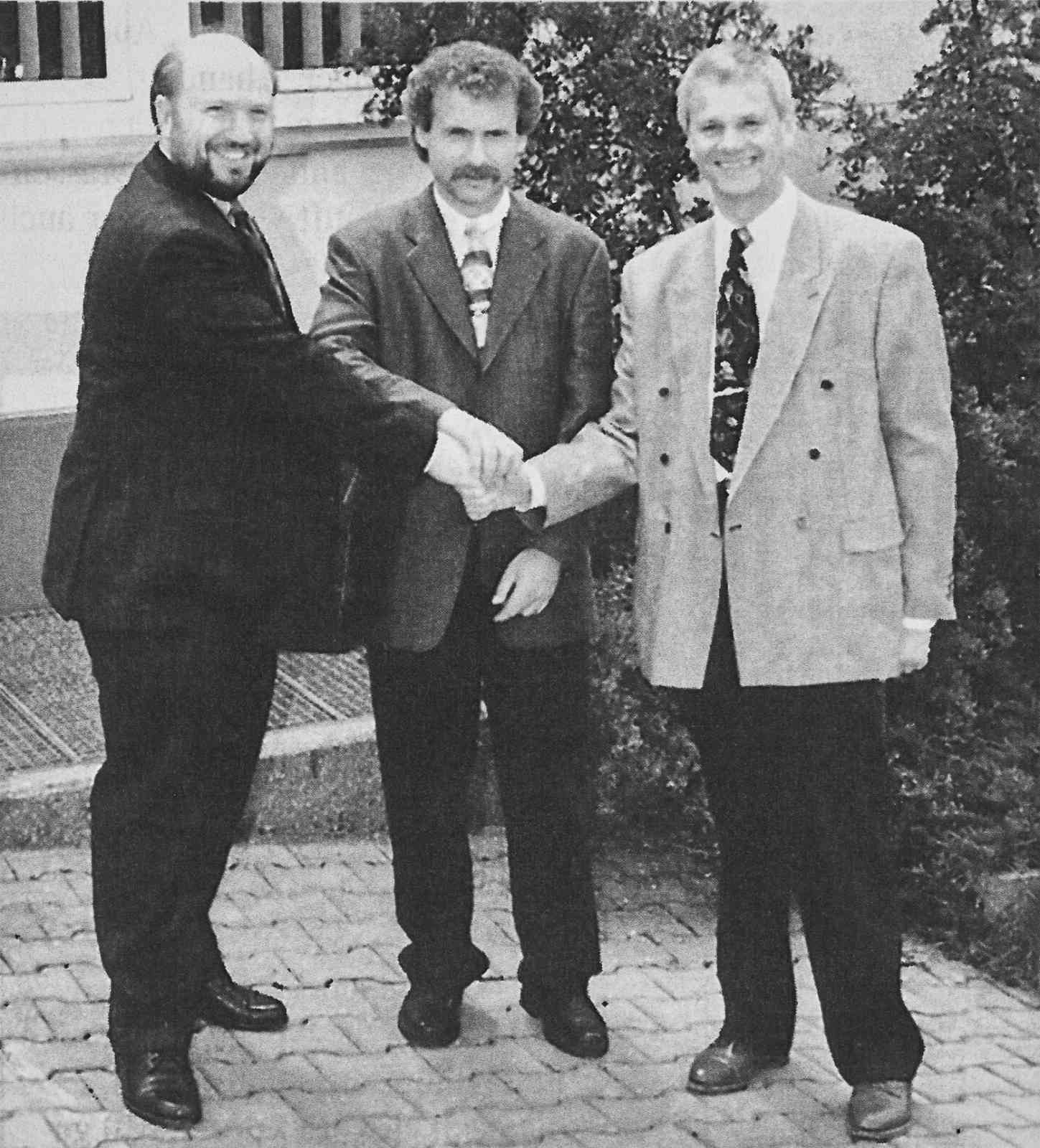
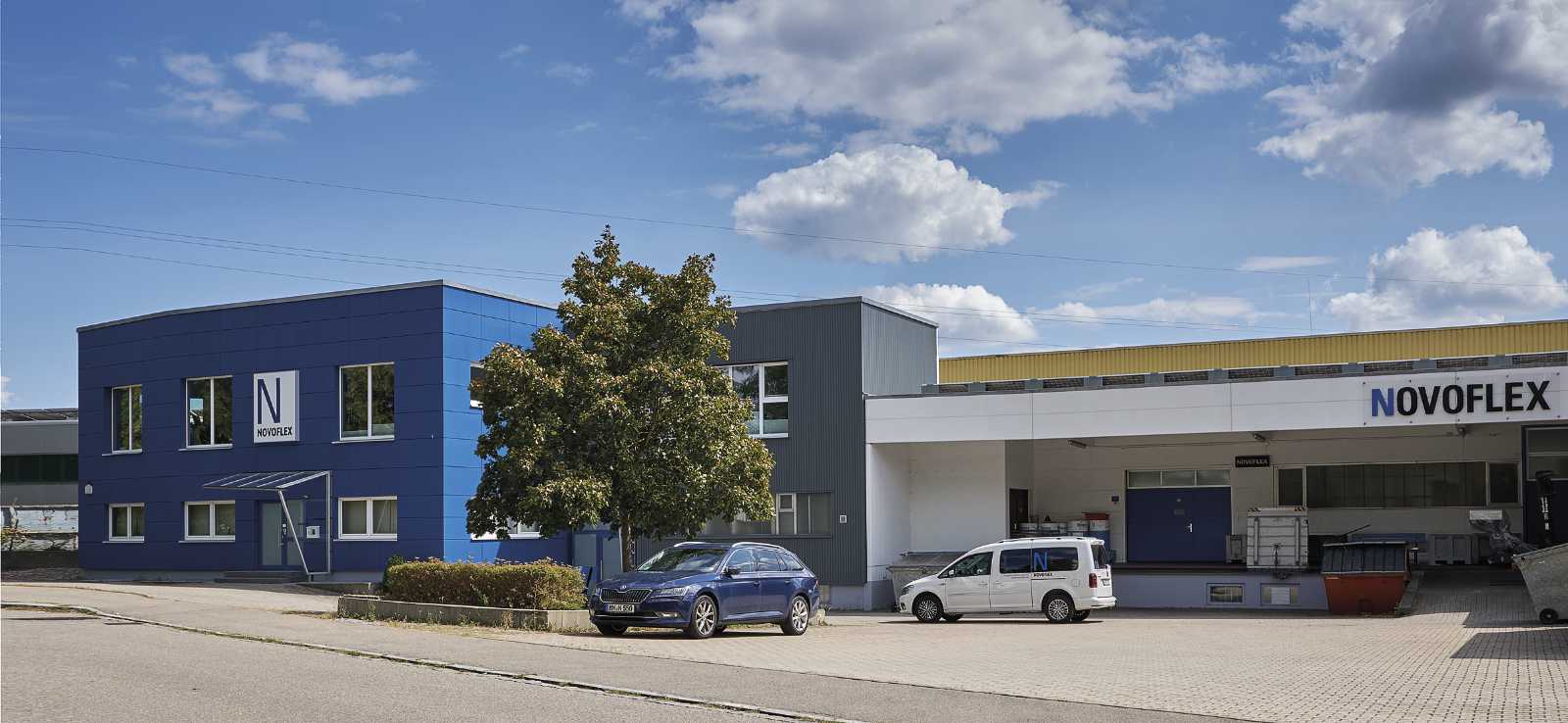






1996
This year saw a change in ownership and the renaming of NOVOFLEX Fotogerätebau to NOVOFLEX Präzisionstechnik. NOVOFLEX moved to new premises at Brahmsstraße 7.
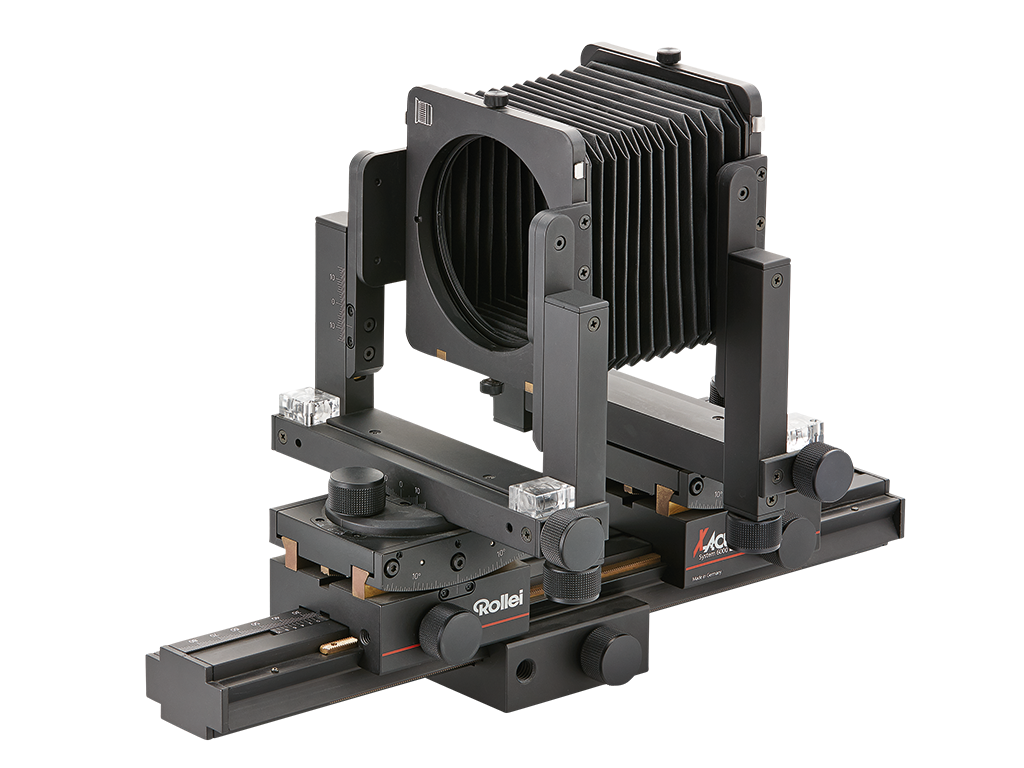
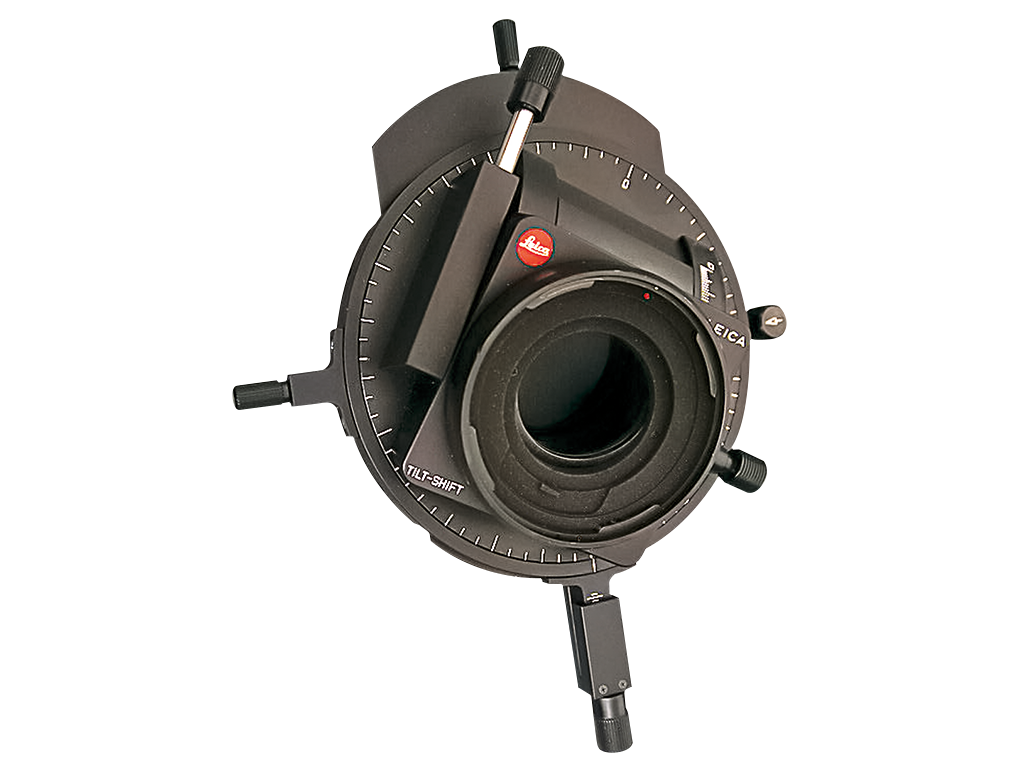






OEM
Throughout its history, NOVOFLEX has also been active as an OEM manufacturer. For example, it was entrusted with the development of the X-Act 1 and 2 technical cameras for Rollei in Braunschweig, as well as the production of the tilt/shift adapter for the S1 scanner camera for Leica Camera AG in Solms.
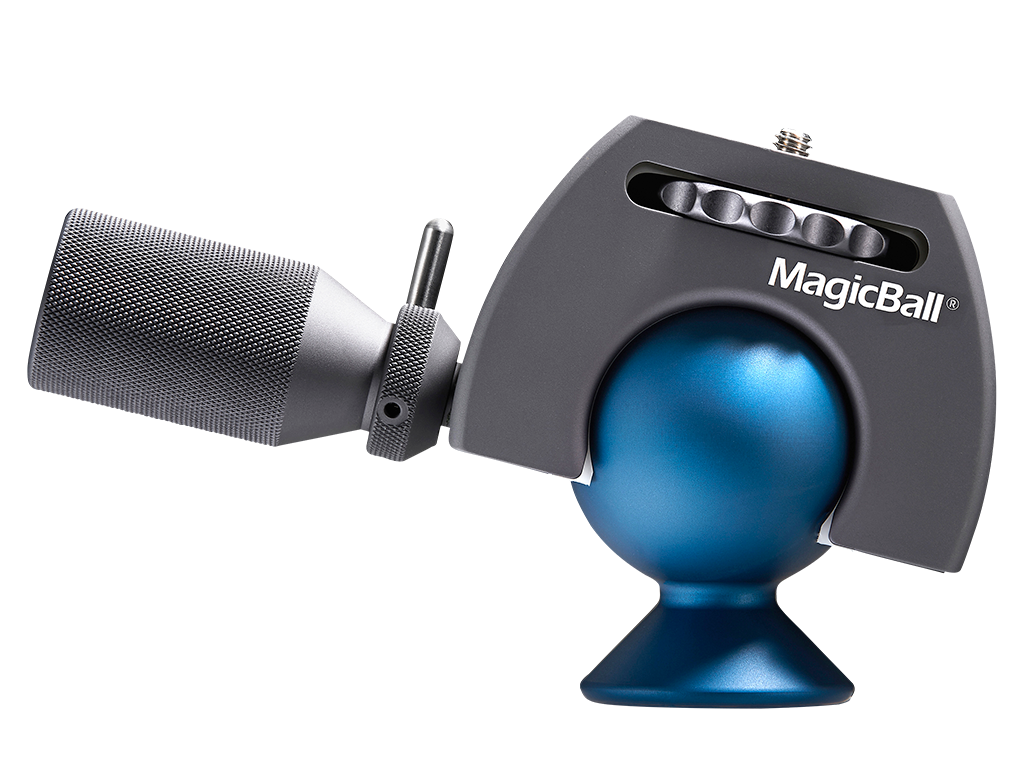
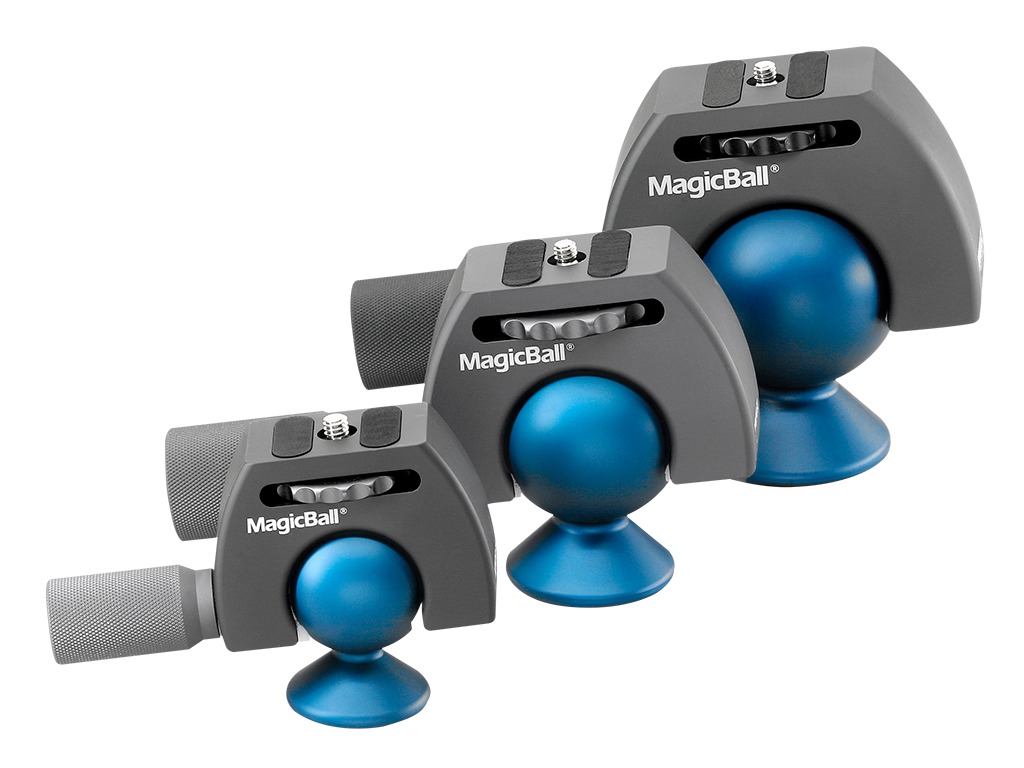






1998 - today
With the innovative MagicBall ball head, NOVOFLEX reimagined the tripod head, earning the Design Award from the Industrie Forum Design Hannover in 1998. The MagicBall offers a 120° adjustment range in every direction, featuring a large and easy-to-grip guide and locking handle that allows precise camera positioning and fixation with just one hand movement. It is available in three different sizes and now even in versions where the ball can be detached from the housing.
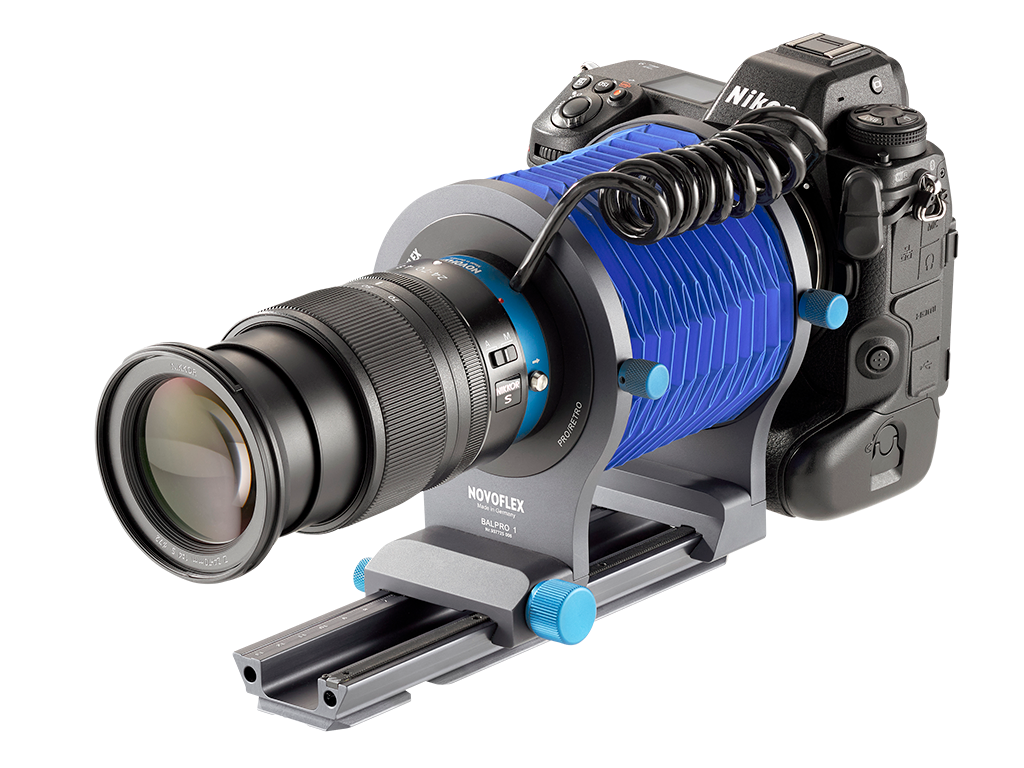
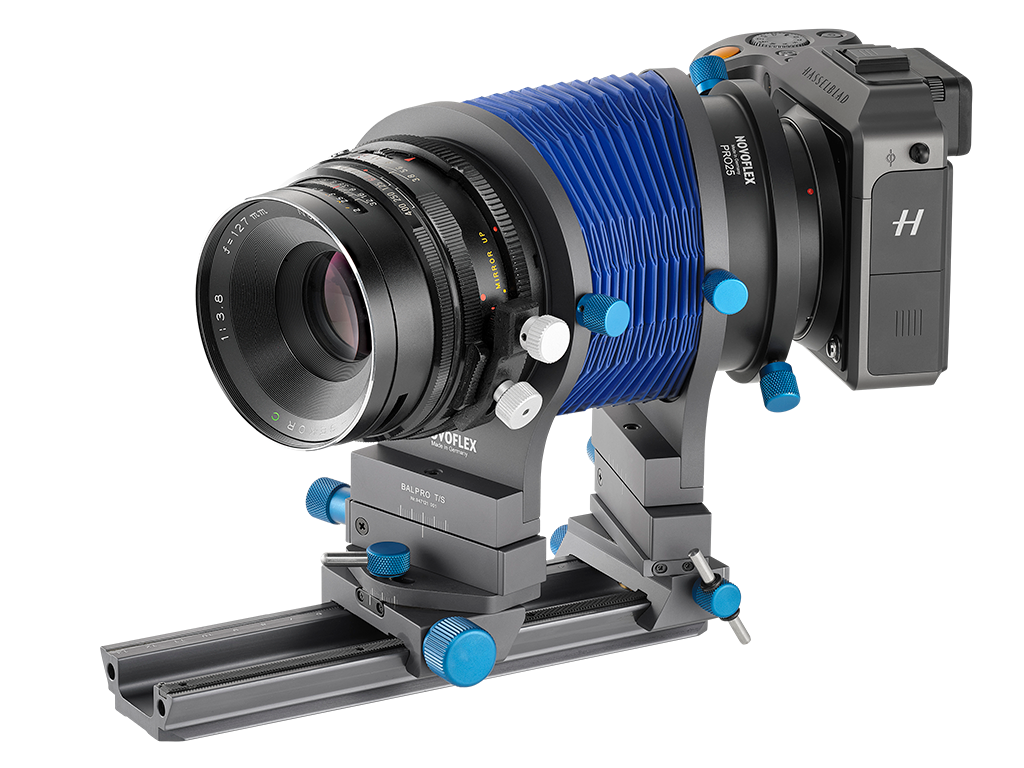






2002 - today
After introducing the first universal bellows device, the BALUNI, in 1991, NOVOFLEX updated the system in 2002 with the launch of the BALPRO system and the integration of tilt/shift technology in the BALPRO T/S model. With an extensive adapter system, both devices can be used in close-up and macro photography as well as studio photography. They support cameras from MFT to medium format and lenses from MFT to large format, many even with full data transmission.
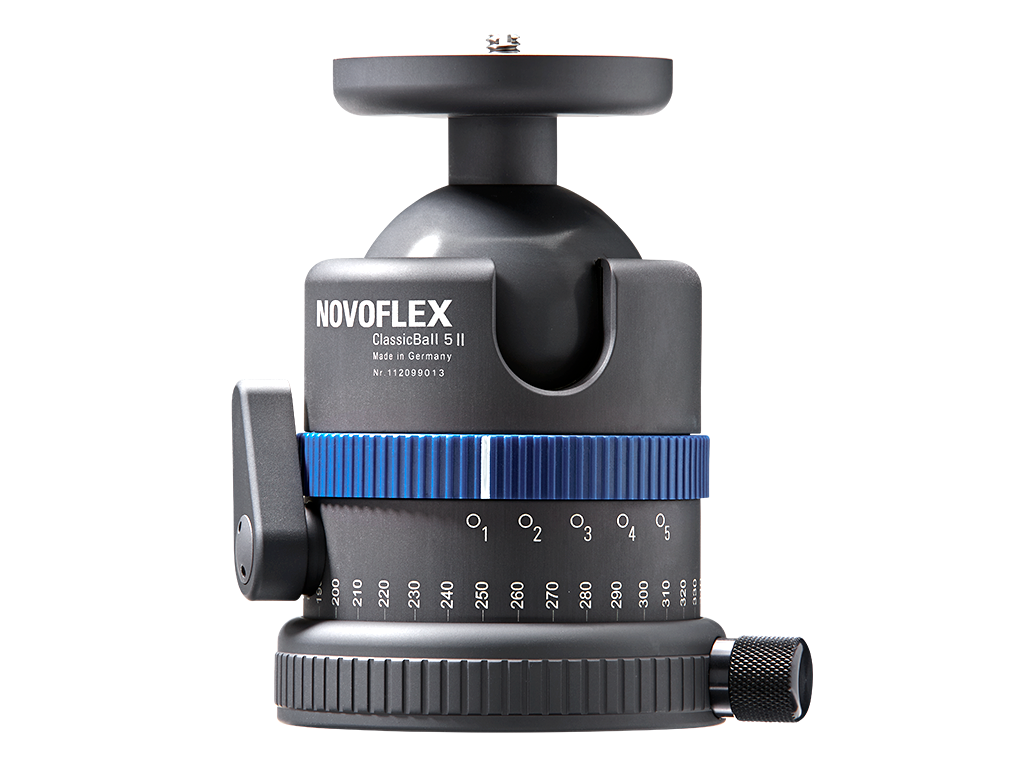
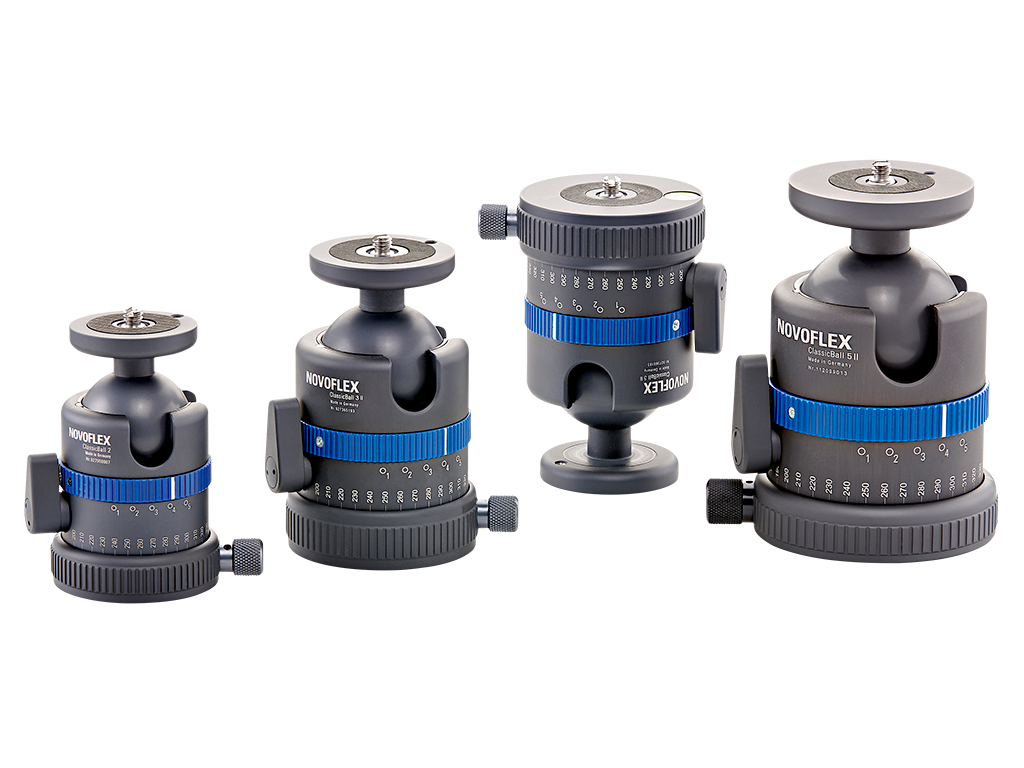






2004 - today
With the ClassicBall, NOVOFLEX introduced another professional ball head alongside the MagicBall. In contrast to the MagicBall, the ClassicBall features the following characteristics:
- Three 90° openings for the ball neck
- Reproducible and indexed friction presets at any time
- Starting with version II, the ability to use the ball head upside down, allowing the head to function as both a leveling unit and a panoramic rotation head.
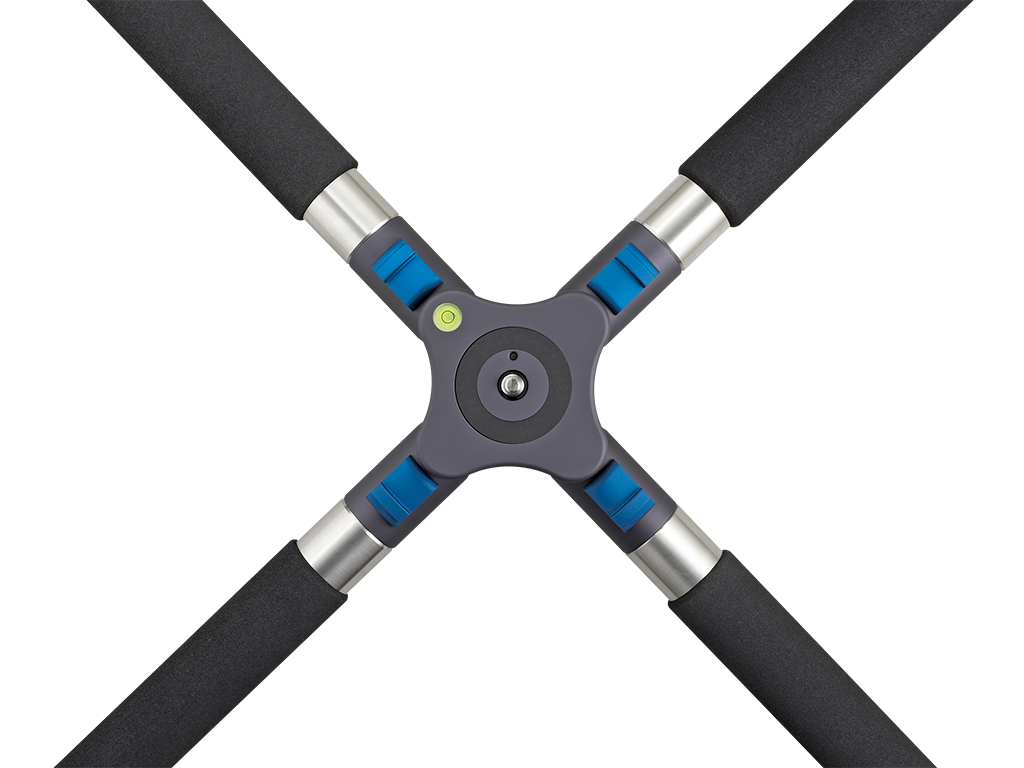
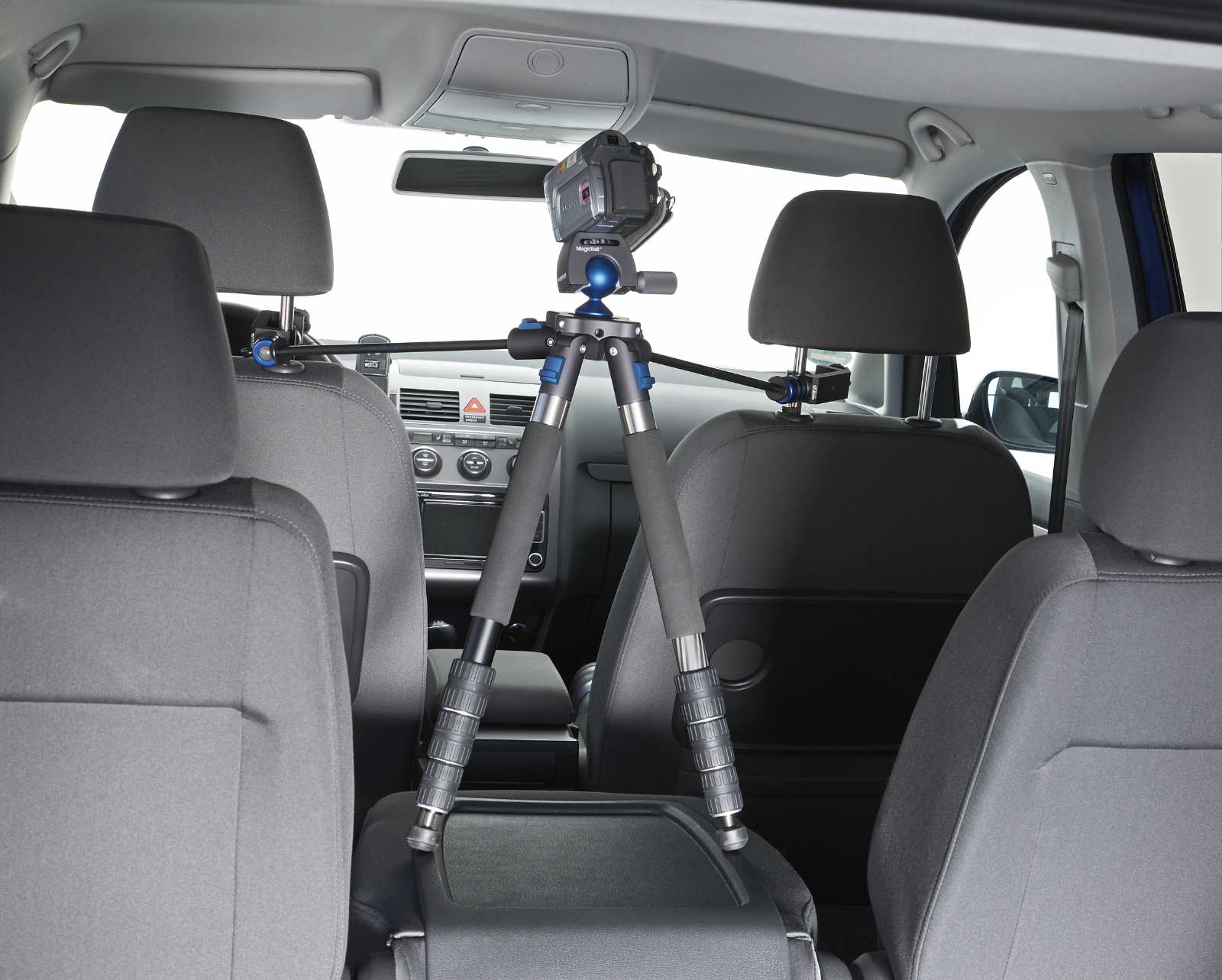
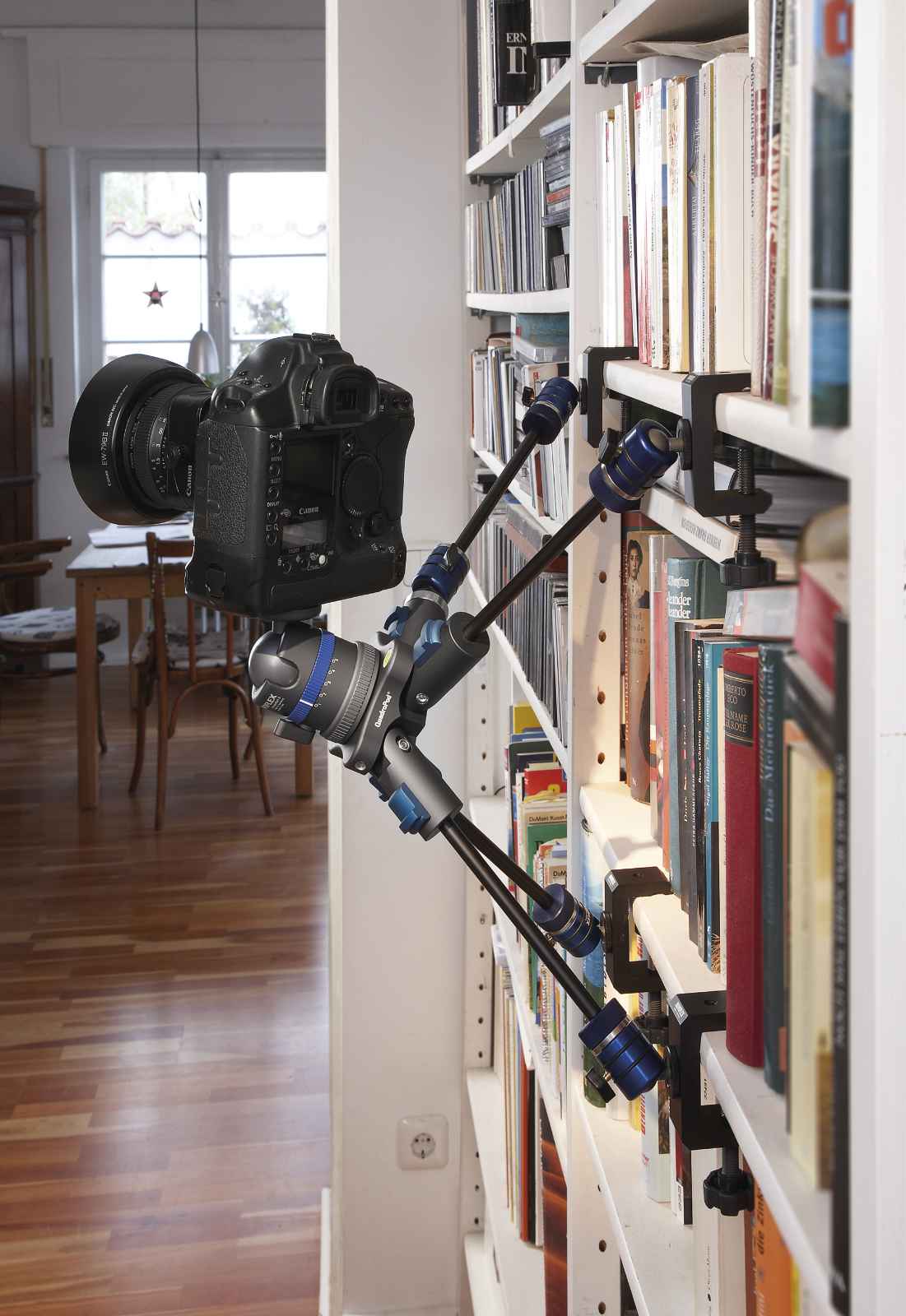









2008 - heute
With the QuadroPod, NOVOFLEX caused a sensation in 2008. The innovative tripod system is distinguished by its modular design and unique four-leg construction. Unlike traditional tripods, the QuadroPod has four legs, offering additional stability and flexibility, especially on uneven terrain. The key features of the QuadroPod system include:
- Modularity: The legs are interchangeable, allowing photographers to choose between different leg lengths and materials (e.g., aluminum or carbon).
- Adaptability: The system allows for the number of legs to be varied from three (like a classic tripod) to four, depending on whether stability or mobility is prioritized.
- Flexibility in positioning: The legs can be locked at several angles, making it easier to achieve extreme low positions or elevated perspectives.
- Versatile applications: It is suitable for various uses, from nature and macro photography to studio work.
The QuadroPod offers a high load capacity and is popular not only among demanding photographers but is also widely used in non-photographic fields where challenging conditions and maximum stability are required.
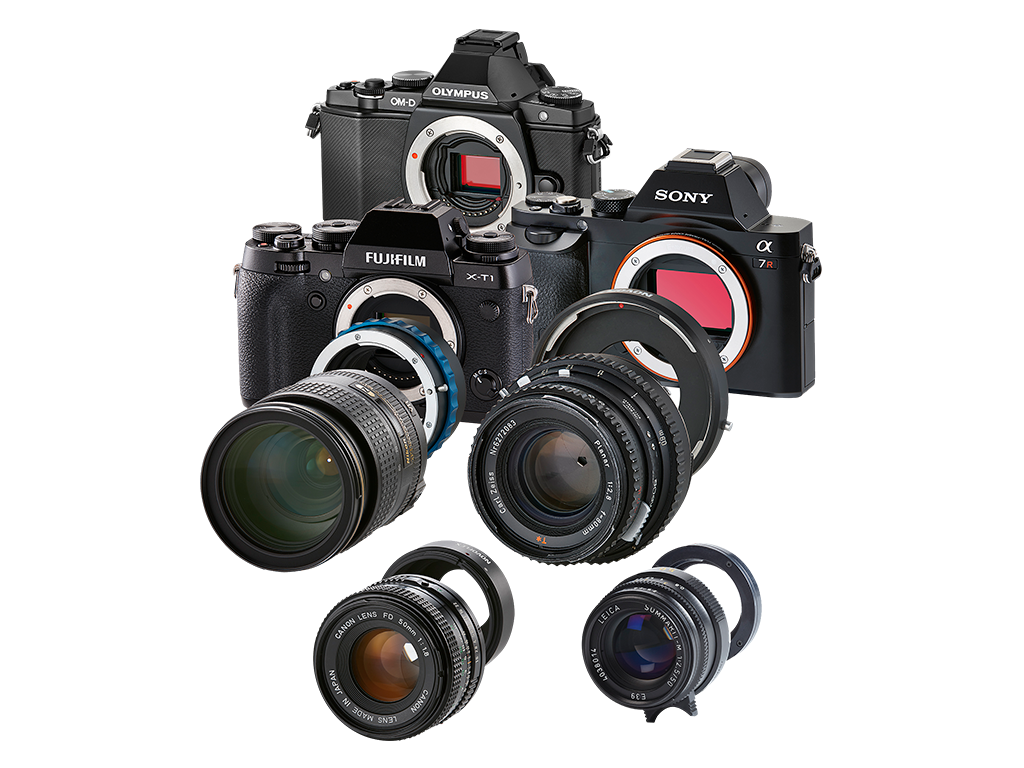
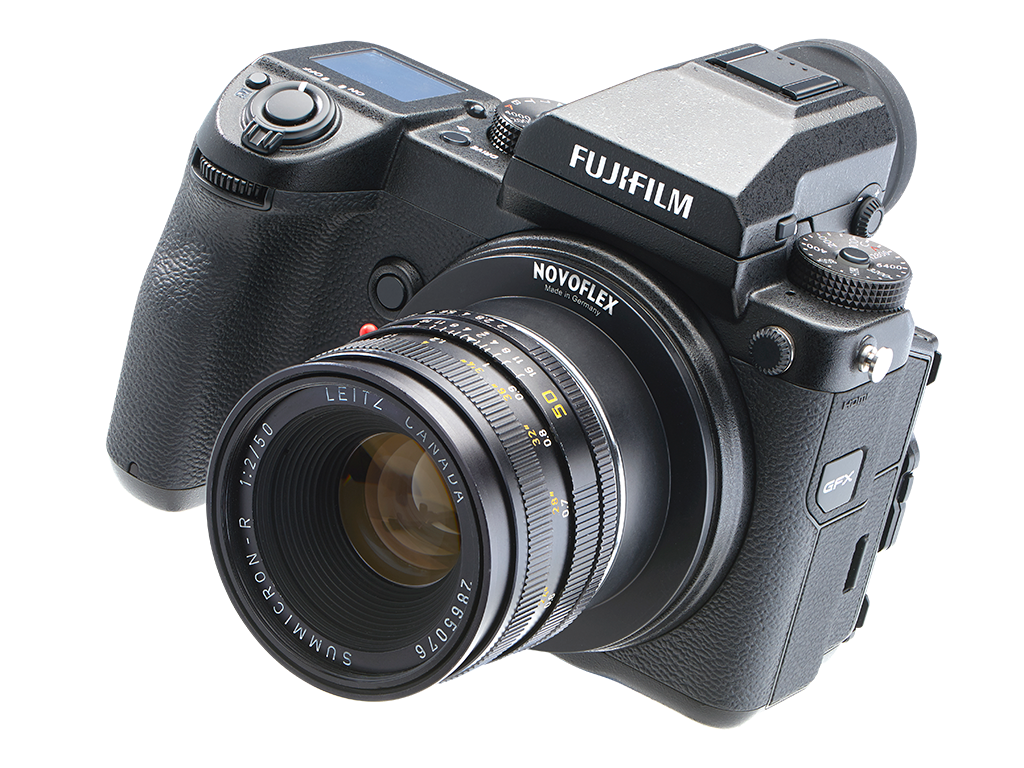
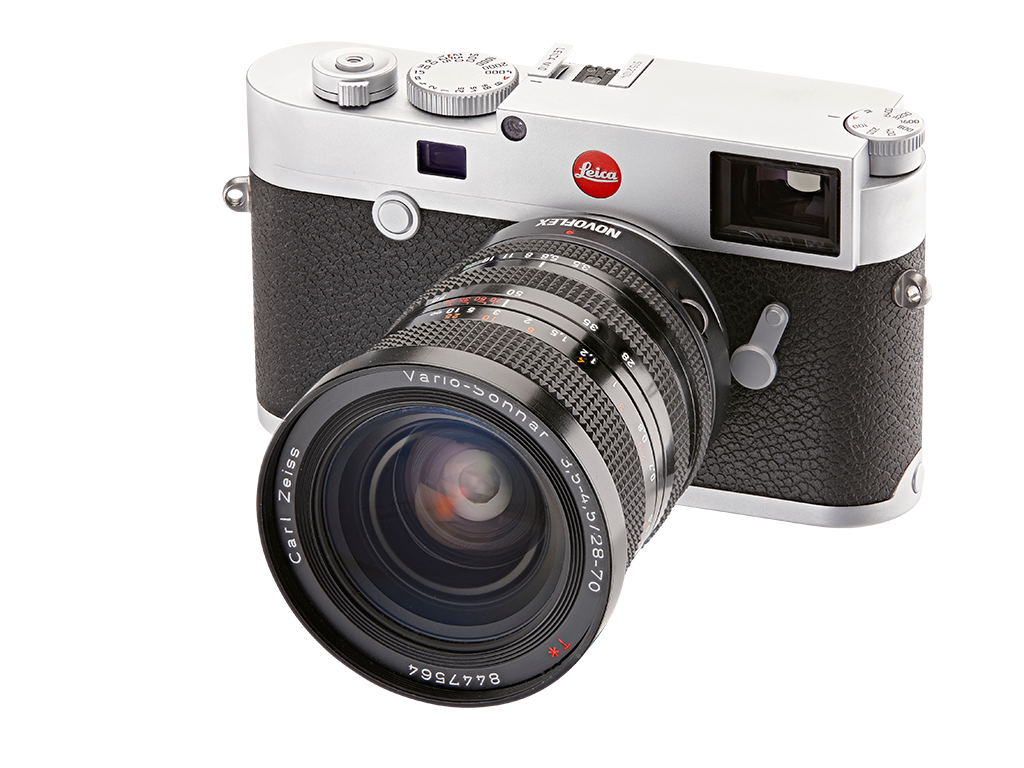









2008 - today
Using lenses on cameras for which they were not originally intended? NOVOFLEX had this idea as early as 1984 with the introduction of adapters for medium format lenses on 35mm cameras. In December 2008, with the launch of the Panasonic Lumix DMC-G1, NOVOFLEX entered the market for adapters for mirrorless system cameras and has continuously expanded this area since then. Currently, adapters are available for all mirrorless camera systems on the market.
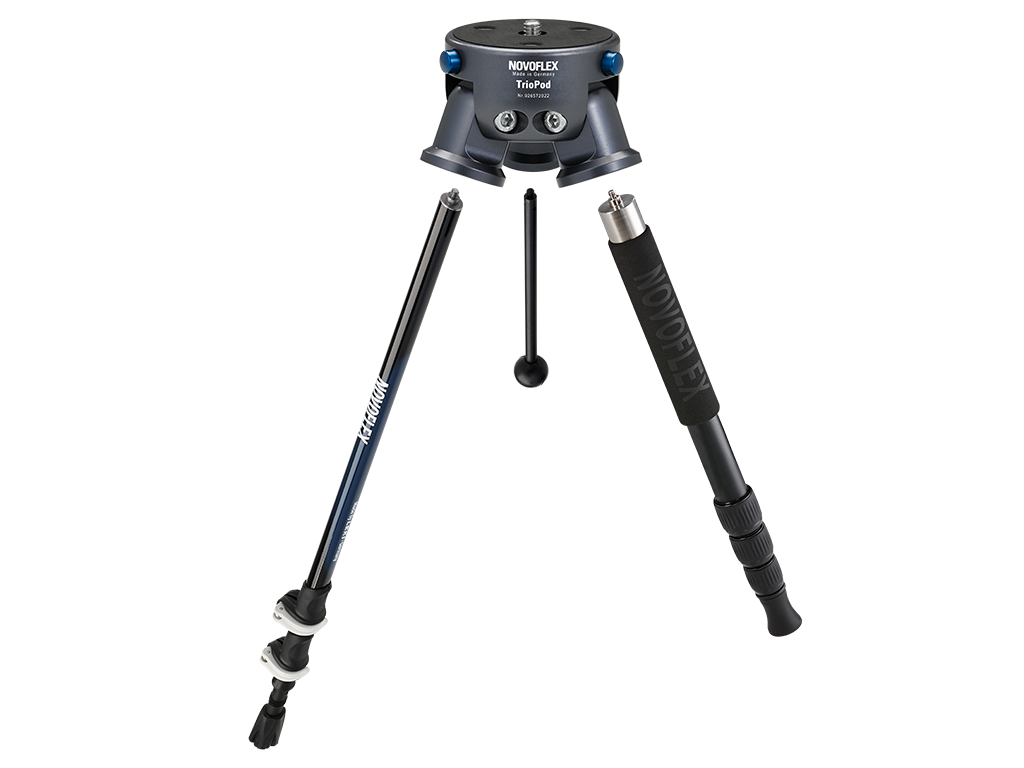
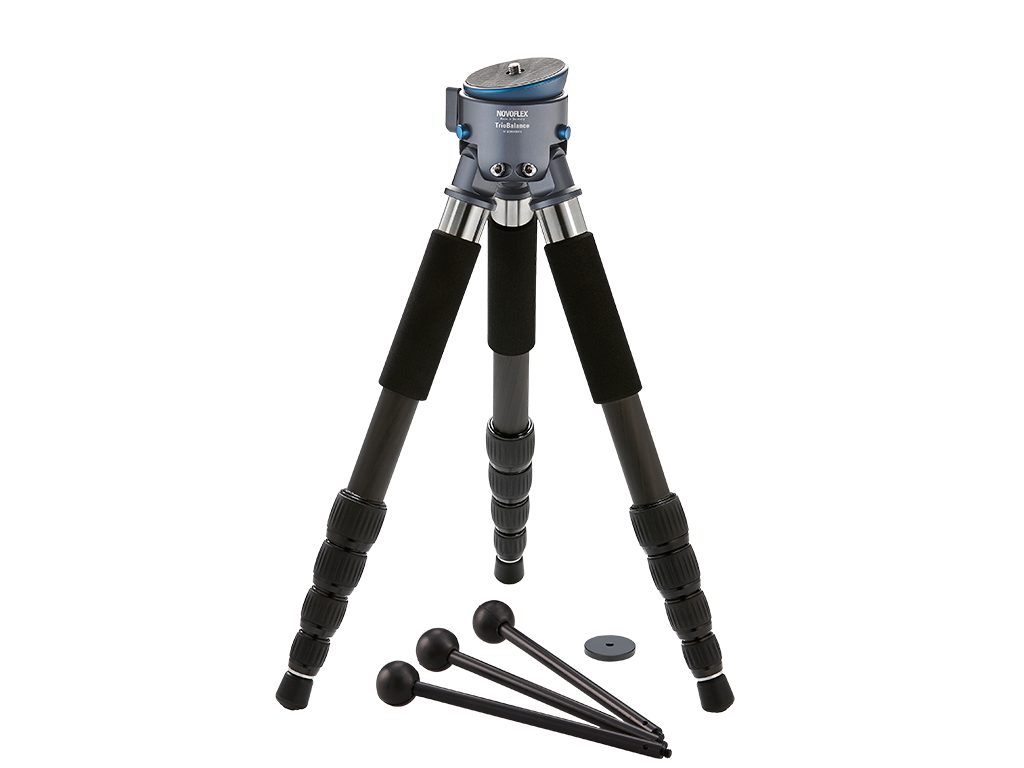
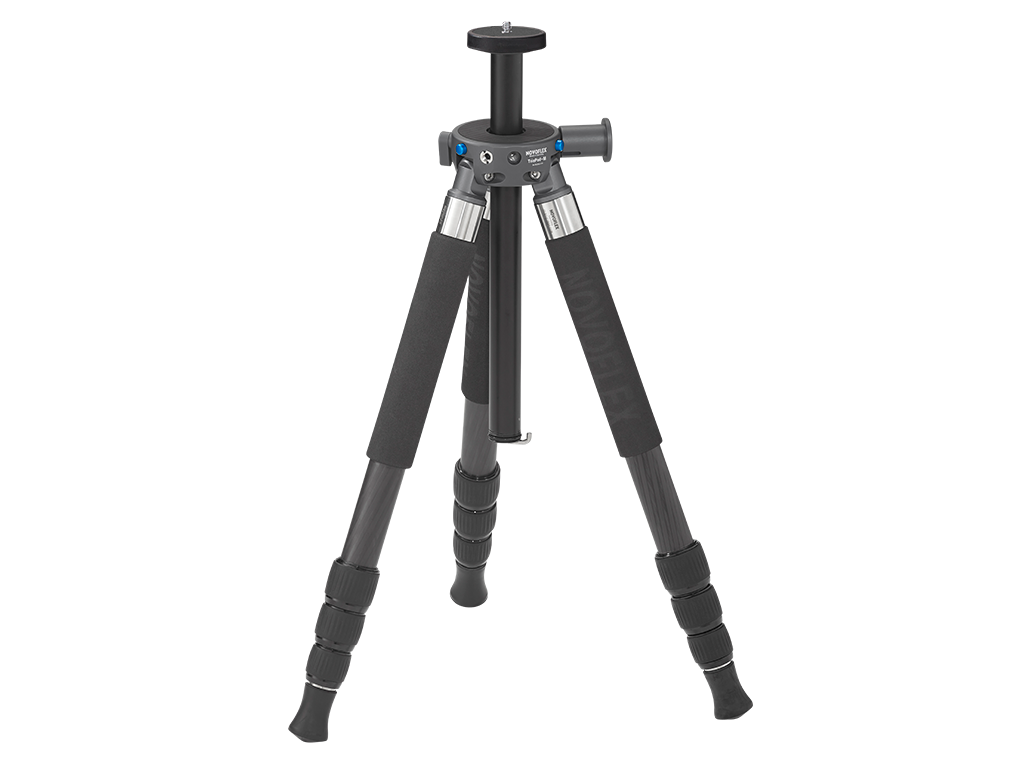
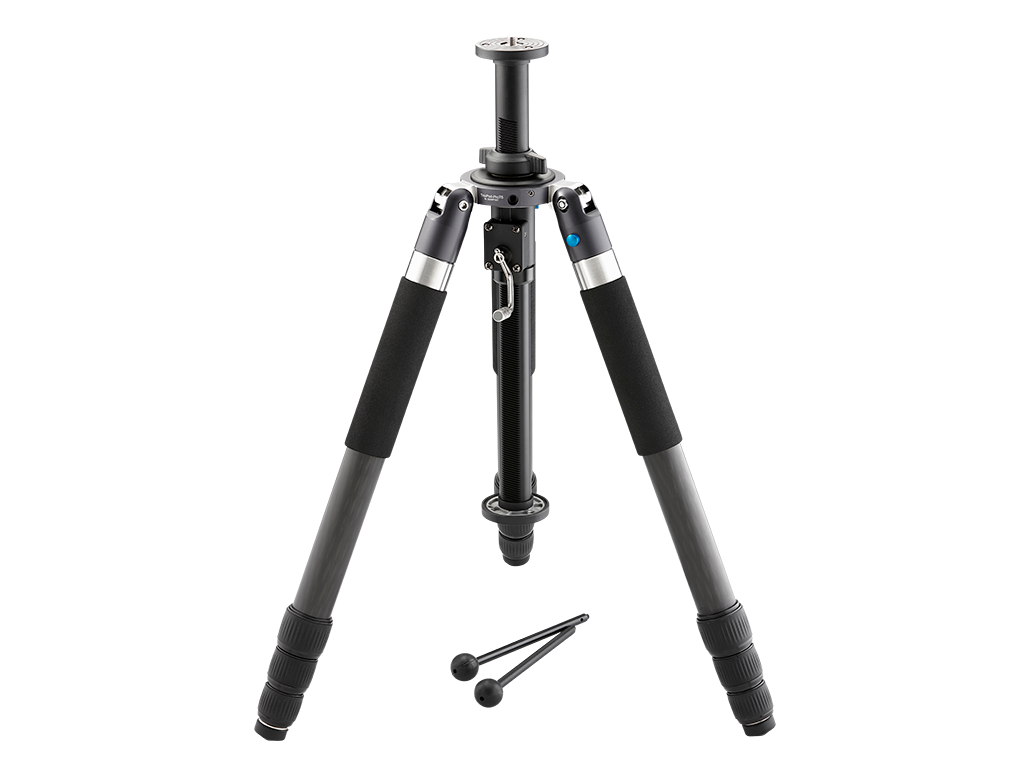












2013 - today
A tripod with interchangeable legs that can be adapted to different situations? NOVOFLEX introduced this concept with the QuadroPod, transferring it to the realm of traditional tripods in 2013 and continuously expanding it since then. Today, there are four different tripod shoulders (spiders) and 12 different leg variations available.
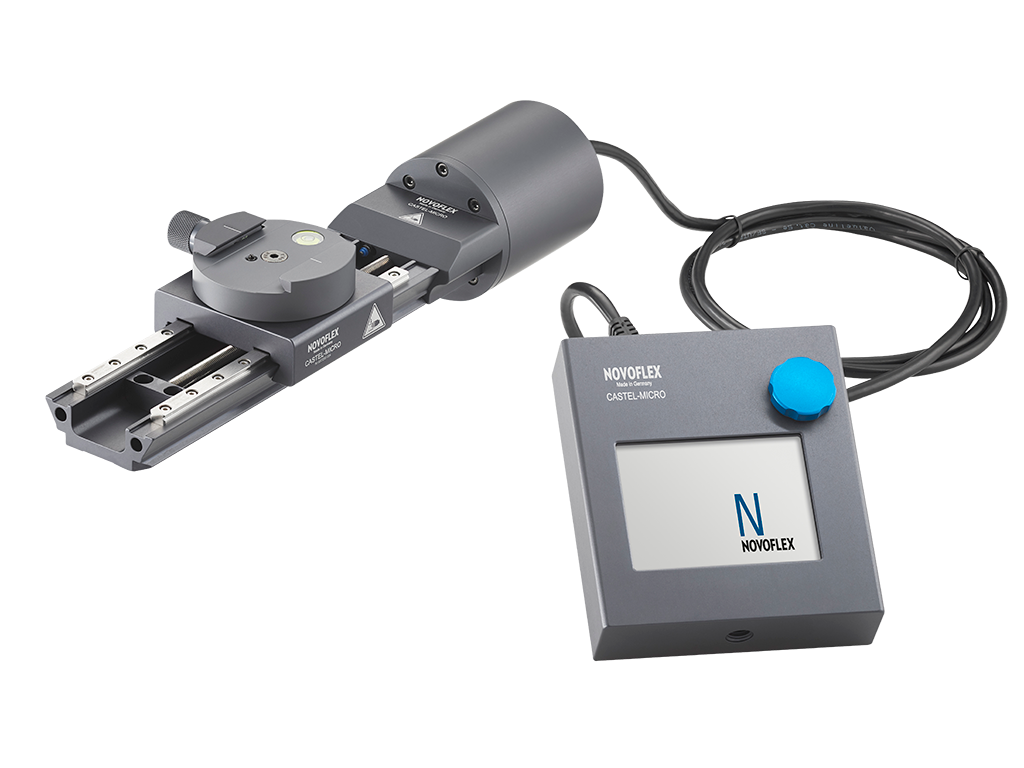
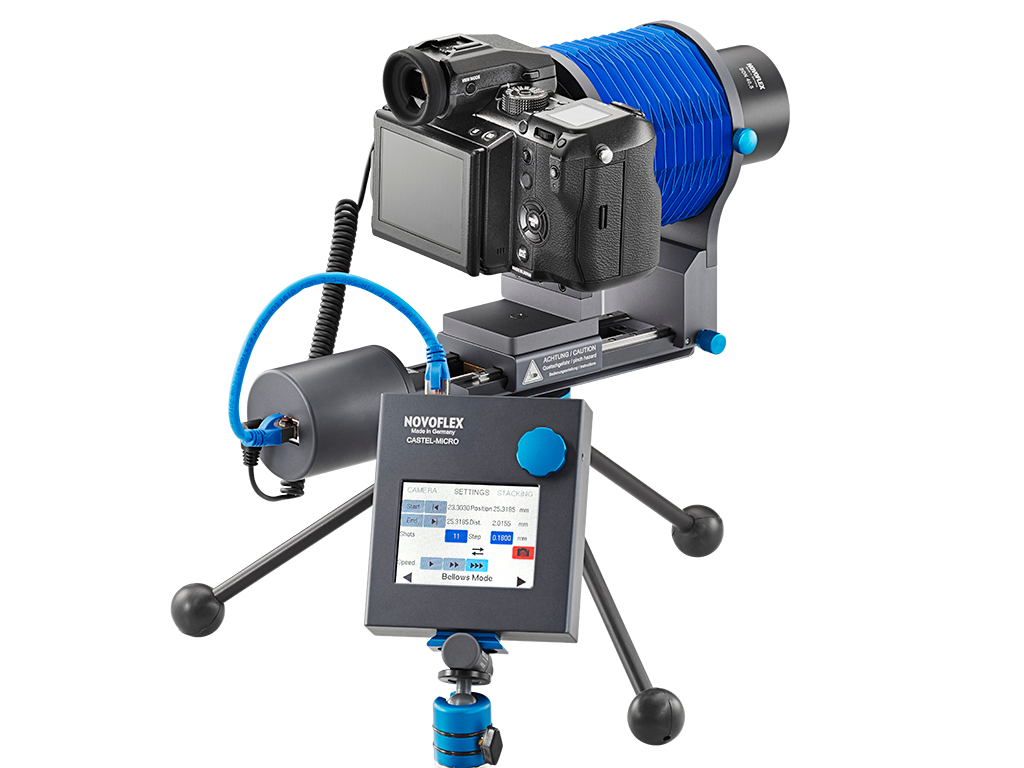
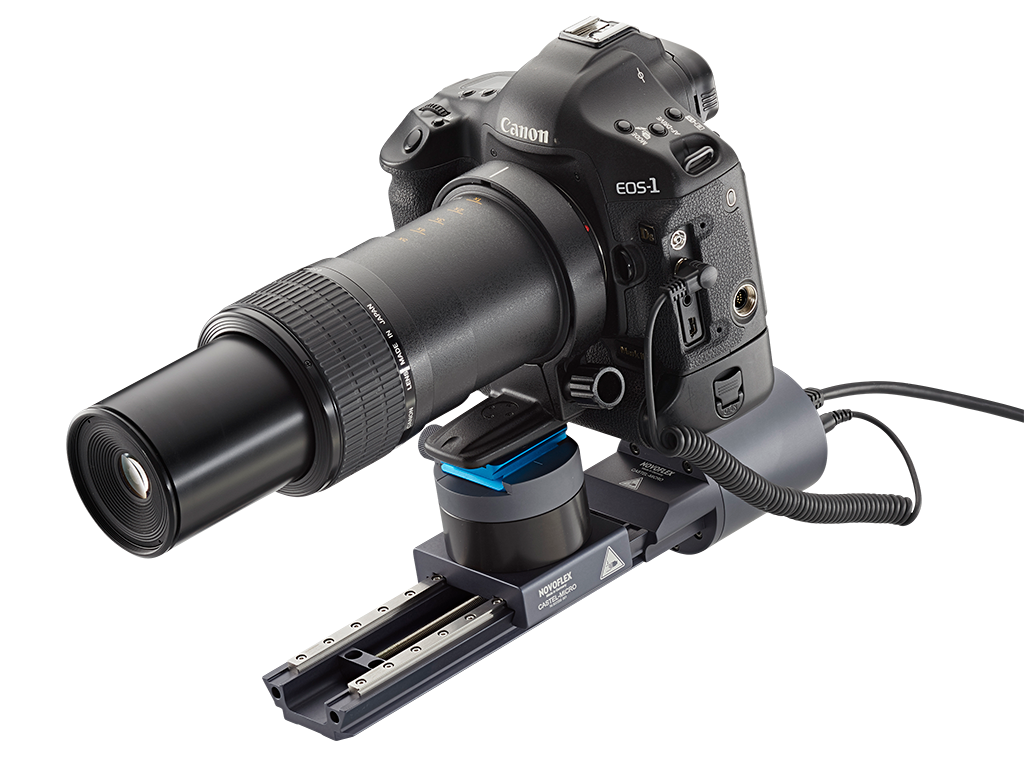
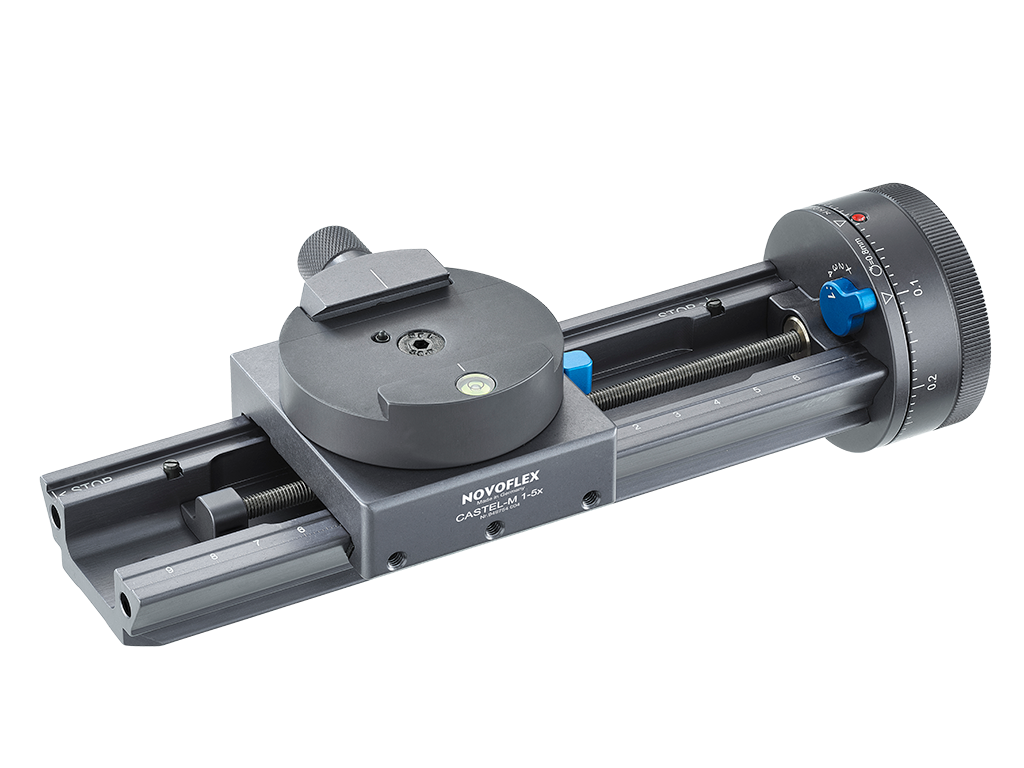












2018 - today
With technological advancements, NOVOFLEX has also adapted its range of focusing rails. The CASTEL-MICRO, a stepper motor-driven focusing rail, was introduced for focus stacking, both in close-up and extreme macro photography (up to 50:1), as well as in studio and product photography when combined with the CASTBAL-PRO as a technical camera. Five years later, the manual solution CASTEL-M (up to 5:1) was added to complement the CASTEL-MICRO.
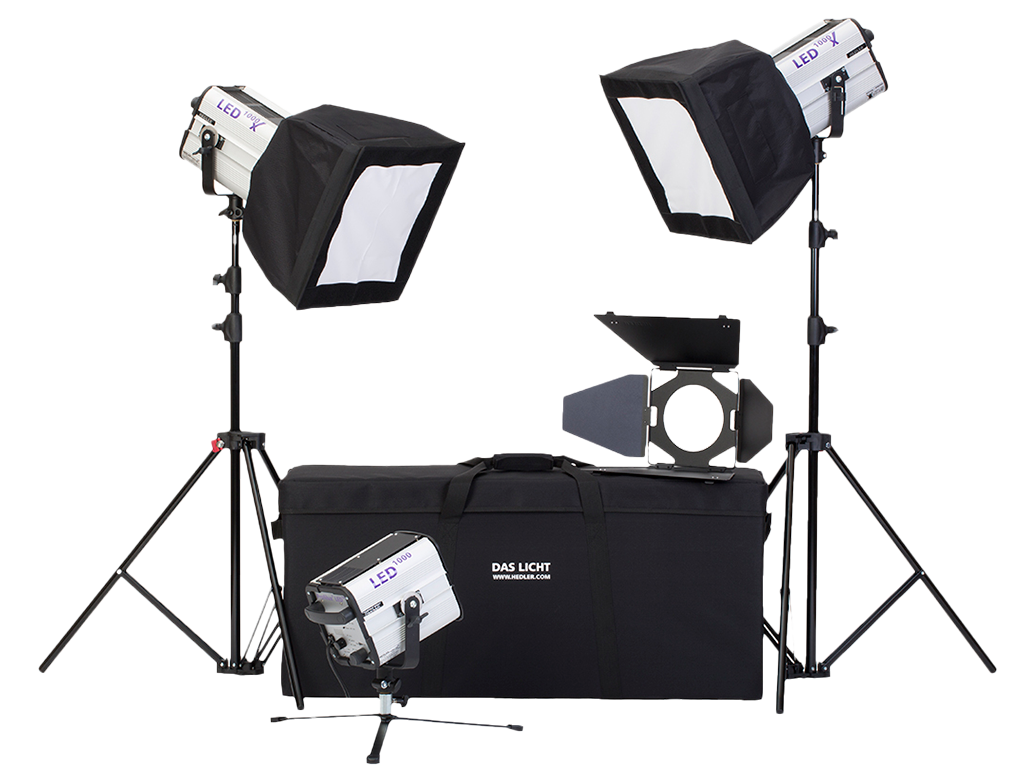
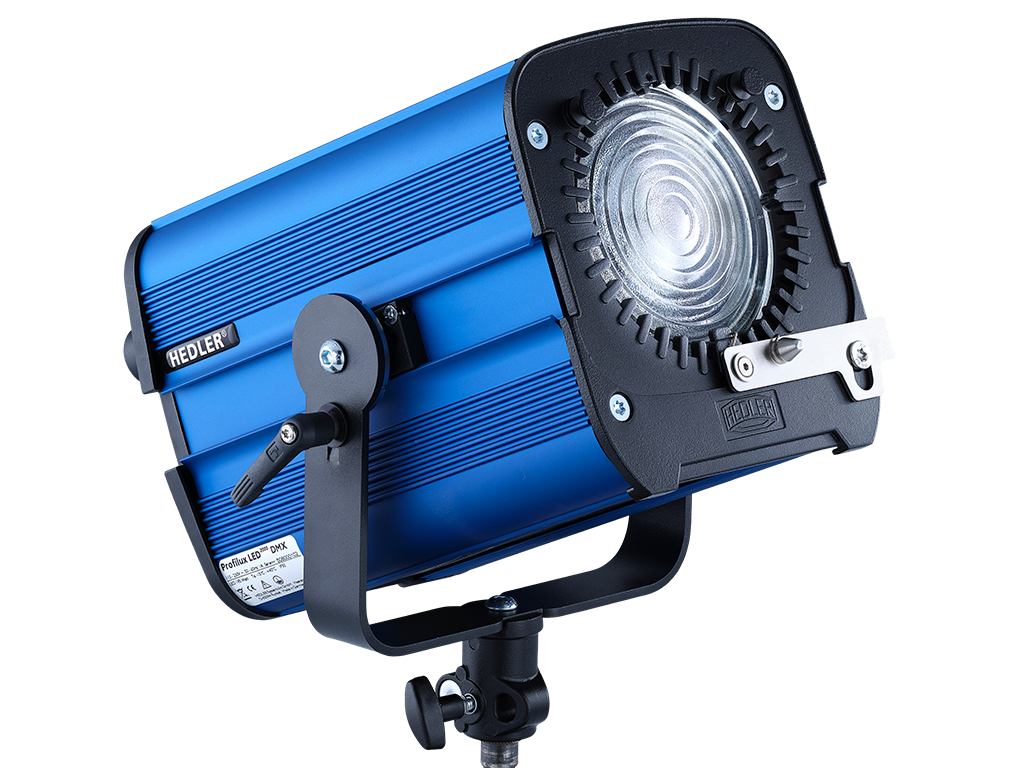






2022
At the end of the year, HEDLER Systemlicht GmbH became part of NOVOFLEX, expanding the product range to include professional lighting solutions for studio, video, and streaming applications.
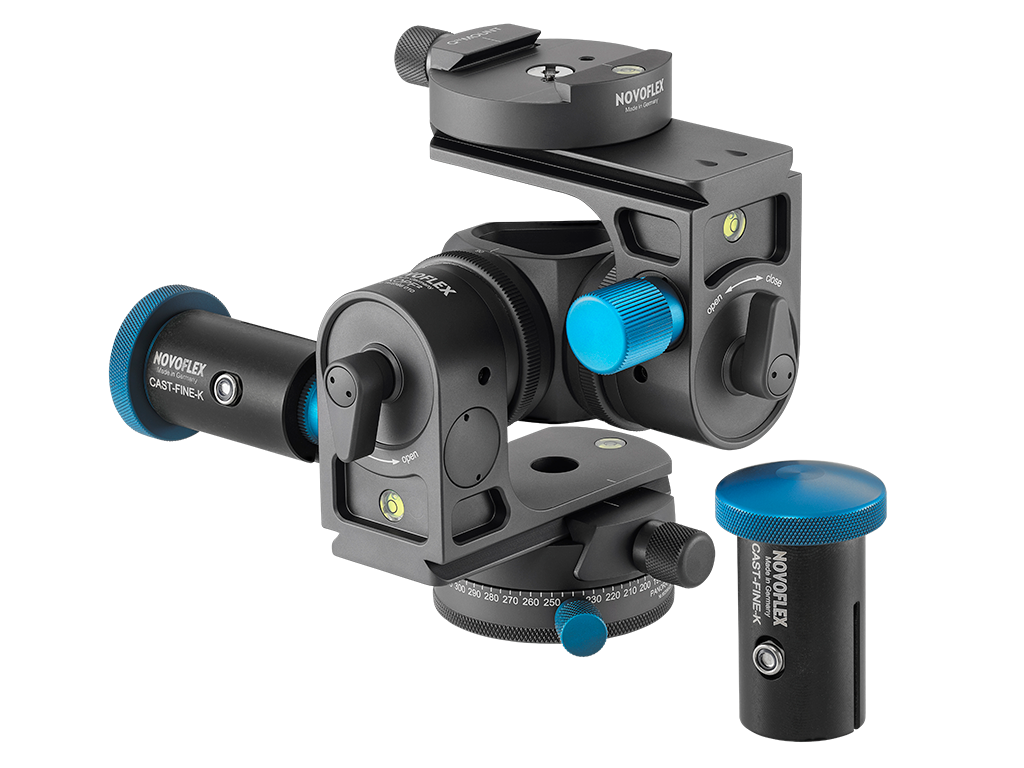
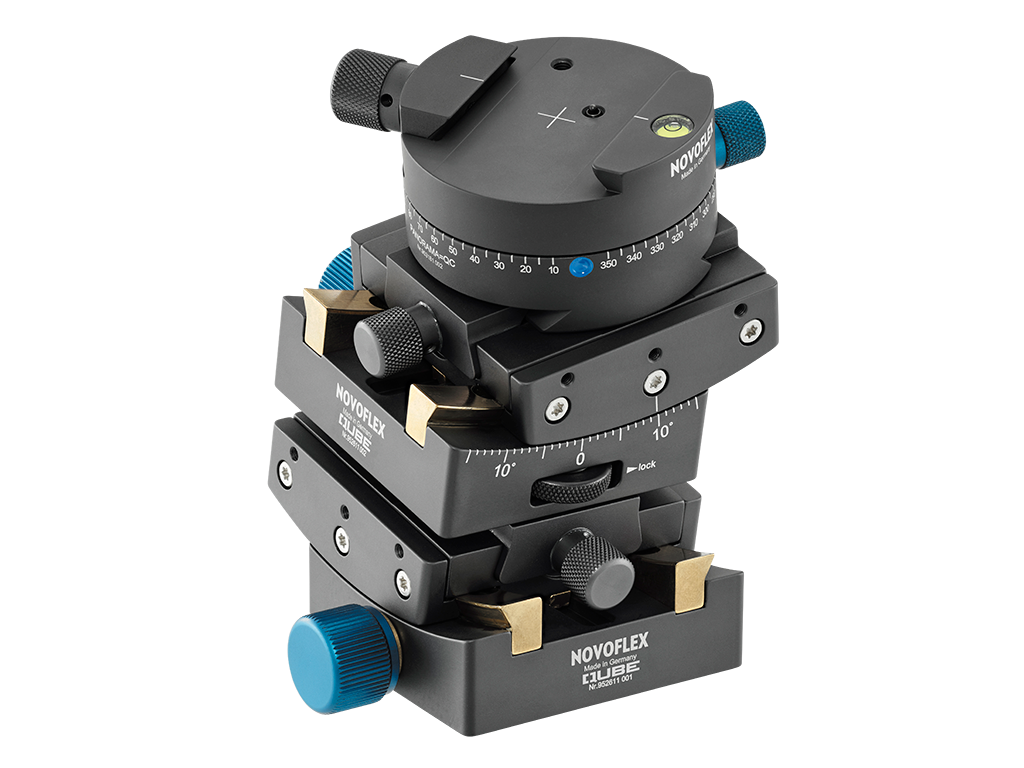






2024
A gap in the NOVOFLEX product range has been closed. With the introduction of the two modular geared head solutions, KOPF2 and QUBE, NOVOFLEX now offers comprehensive solutions for precise positioning of a camera and its corresponding accessories.
Further Informationen
- Friedrich W. Voigt - novoflex Pocket Book, 4 Editions in German 1961 - 1970, English and French Editions in 1963
- Dieter Gabler - Vollendete Spiegelreflex-Fotografie mit NOVOFLEX, 3 Editions 1973 - 1980
- Harald Zeyss - Makrofotografie und die superschnellen Tele, 1989
- Richard Hünecke - Das NOVOFLEX Telesystem Makrosystem, 1989
- Richard Hünecke - Das NOVOFLEX System - Makro und Tele, 1994
- Andreas Kesberger - NOVOFLEX kreativ, 2010
- Andreas Marx, Martin Grahl - NOVOFLEX 1948-2018 - 70 Jahre Innovation & Ideen aus Memmingen, 2018
- Udo Krämer, Sammelspaß mit Novoflex - Objektive, Balgengeräte und Zubehör. Eine Zeitreise von der Gründung 1948 bis zur Jahrtausendwende, 2025

